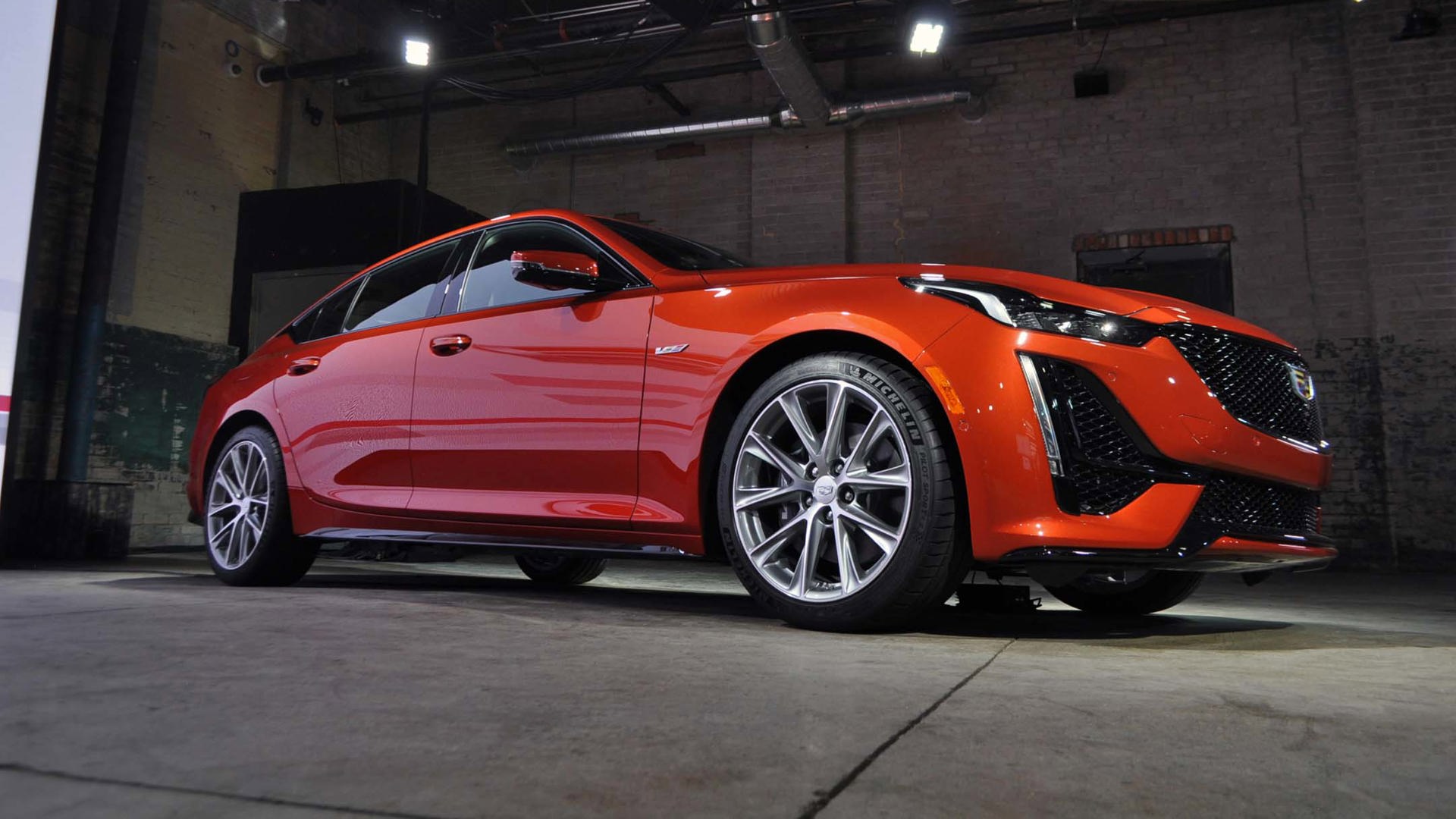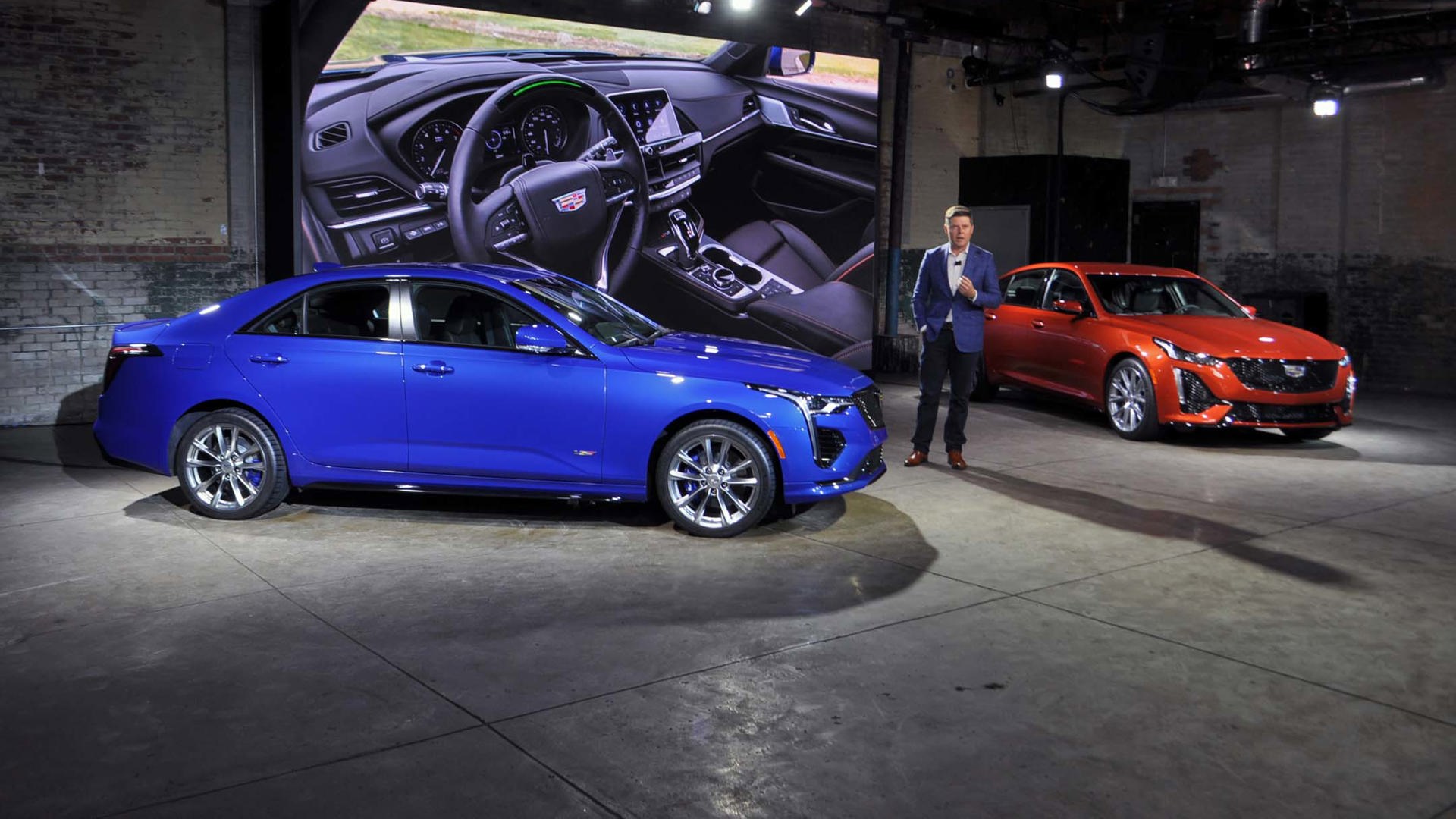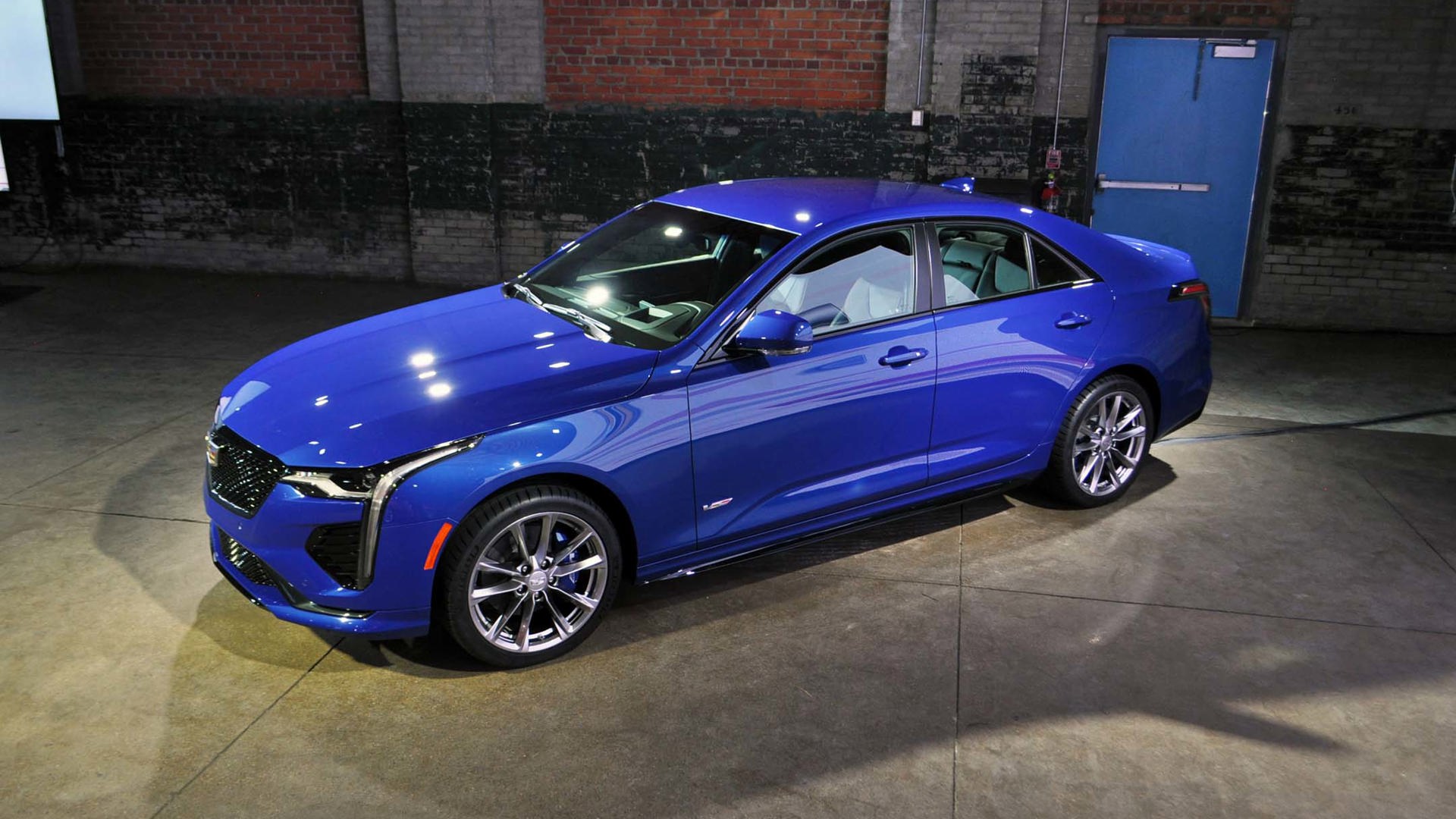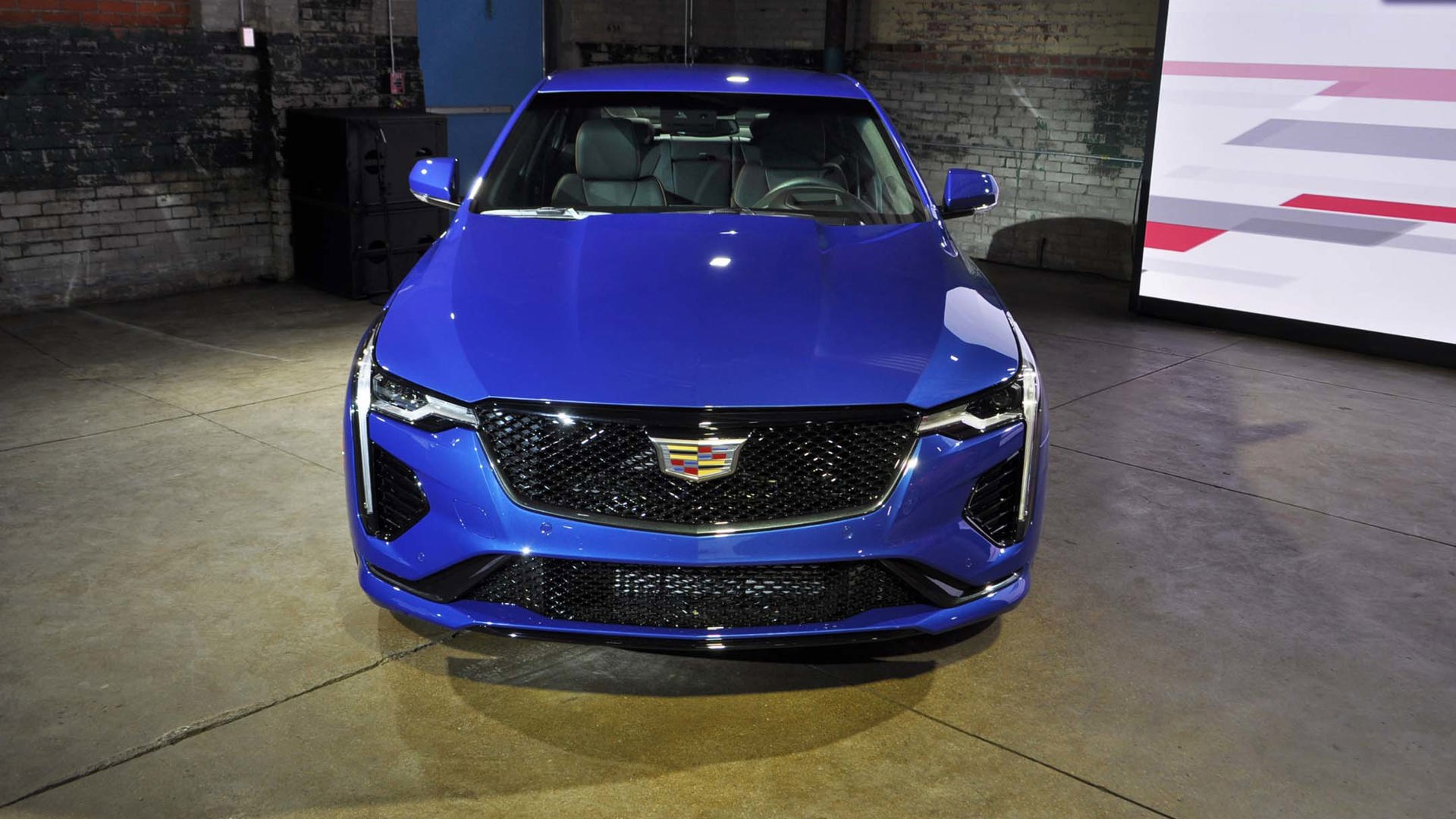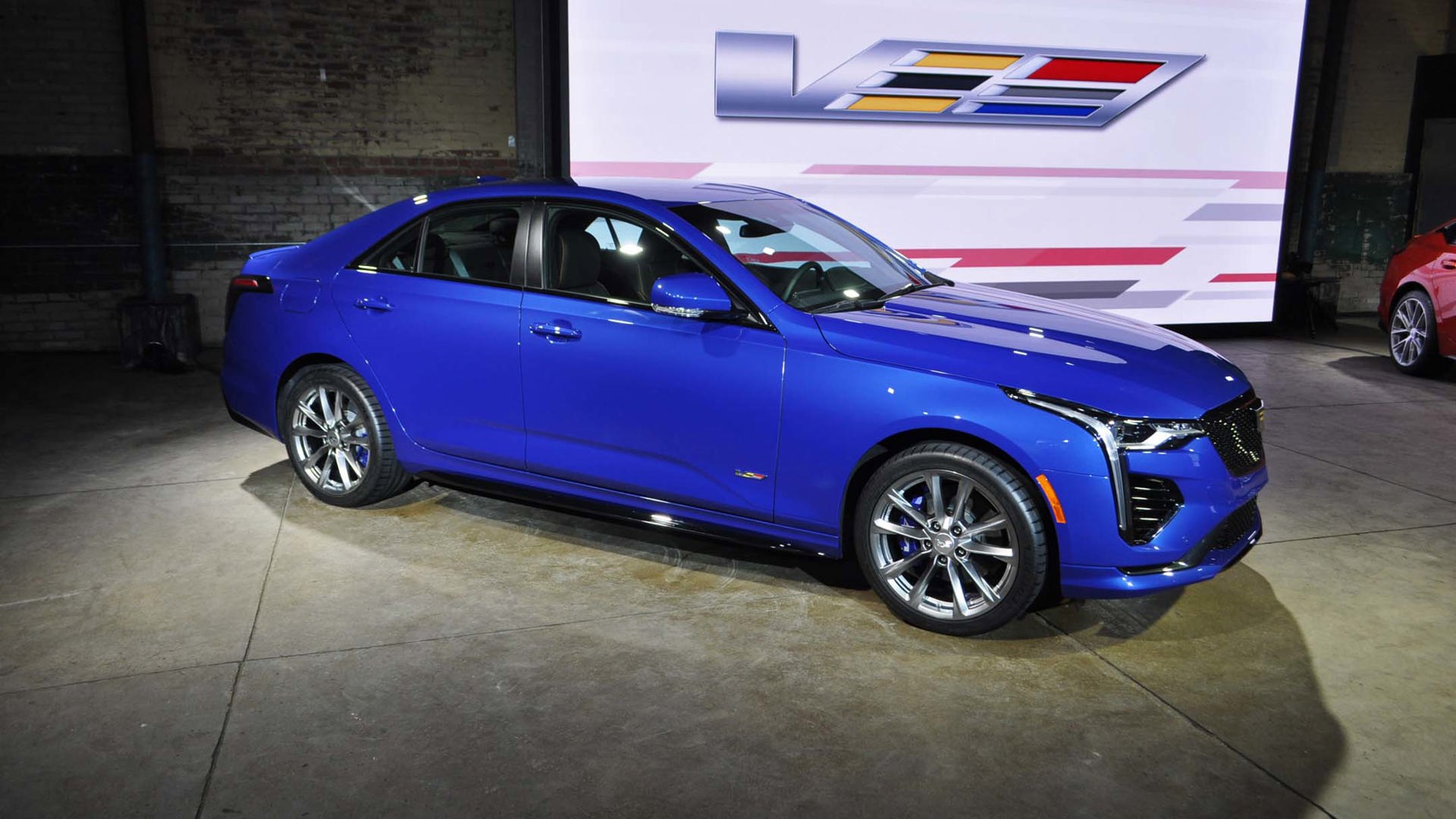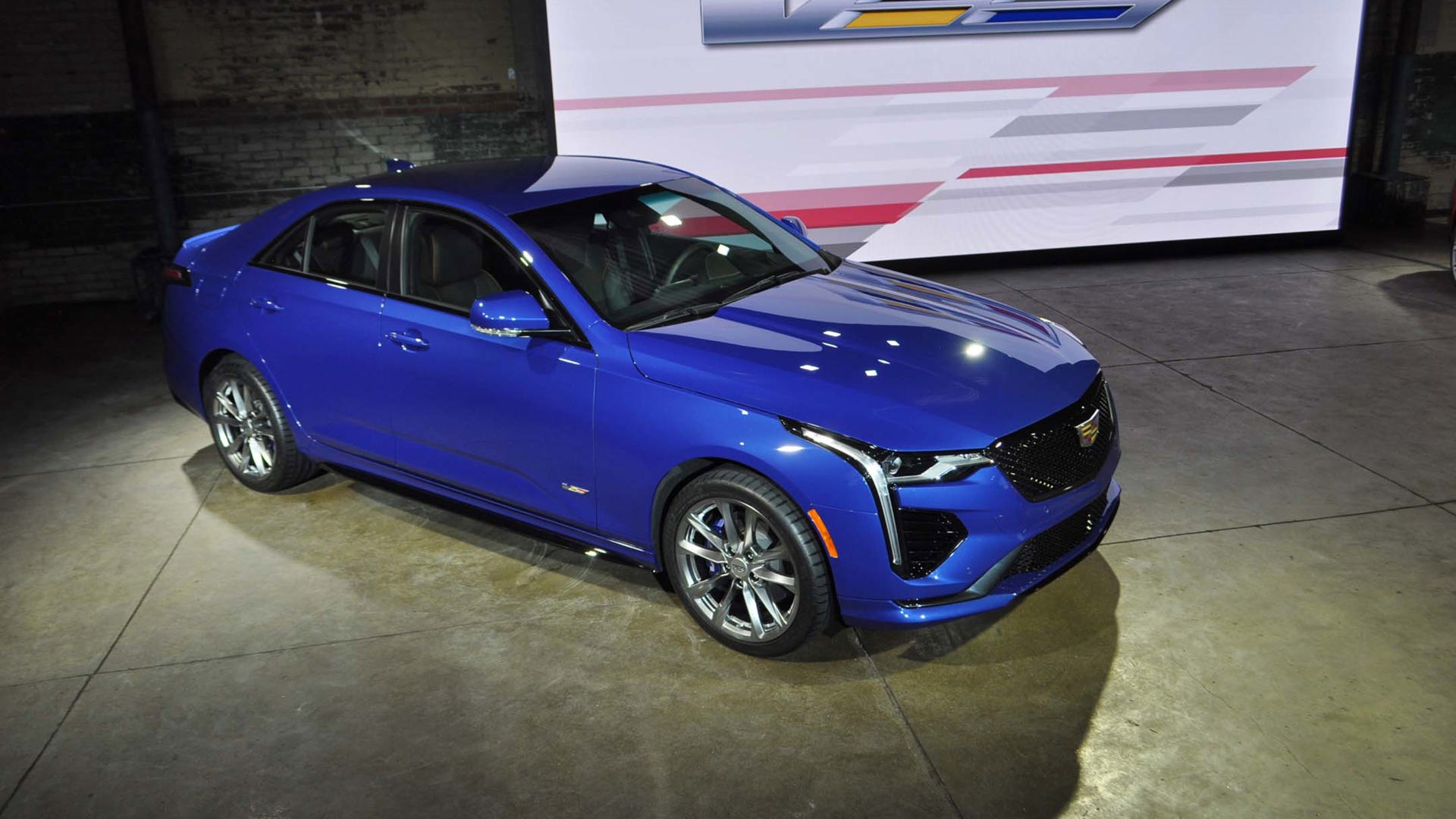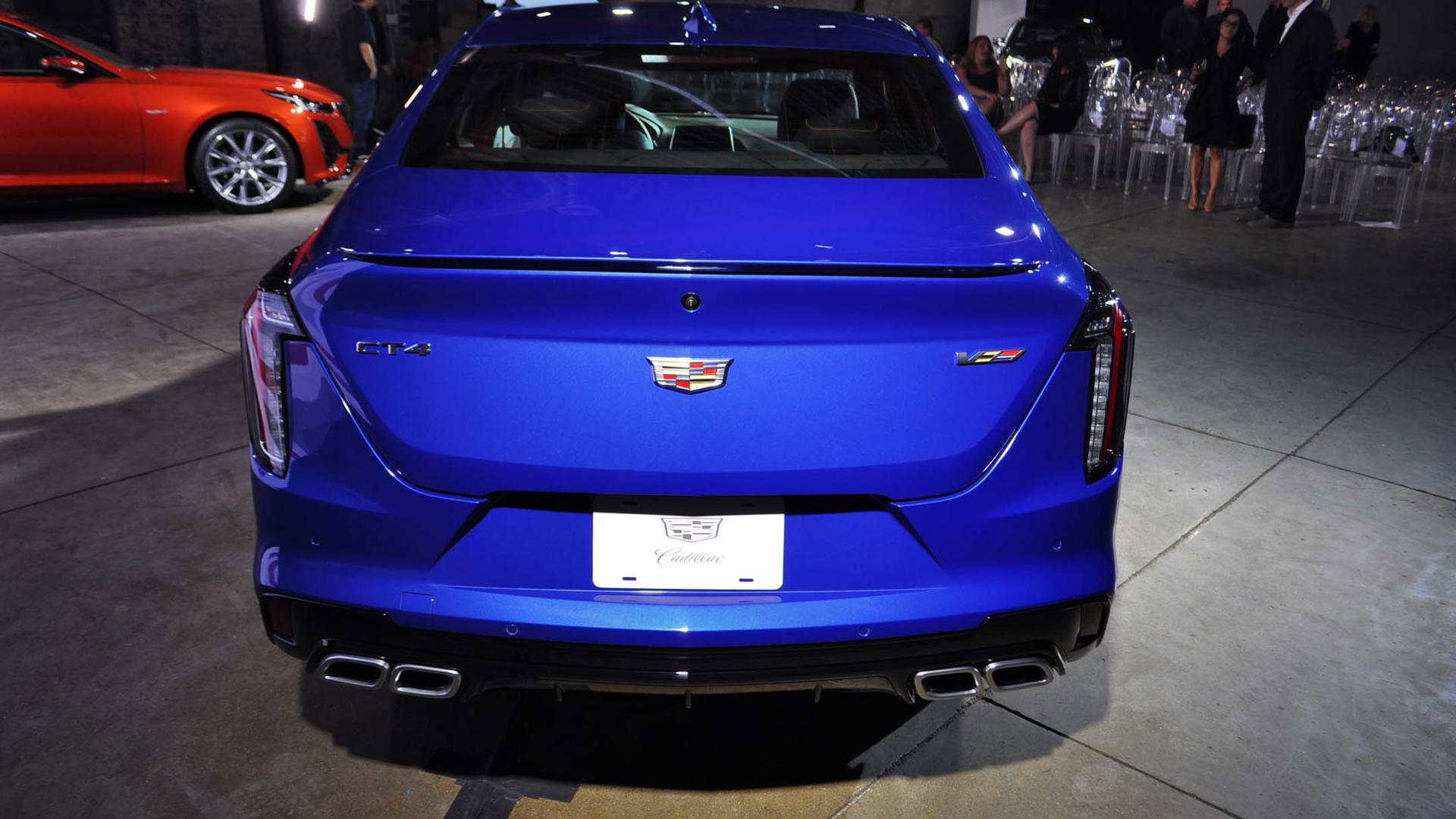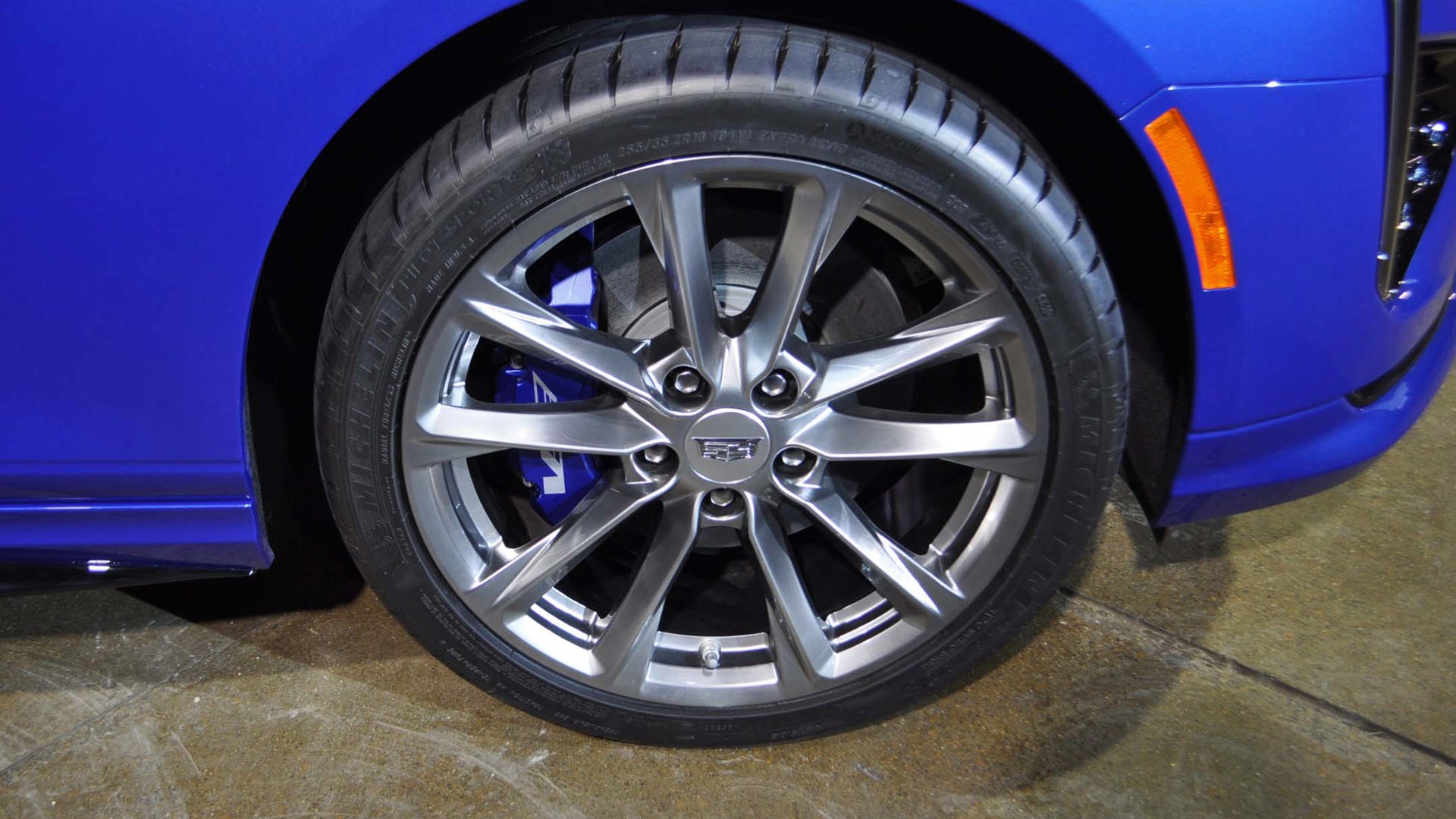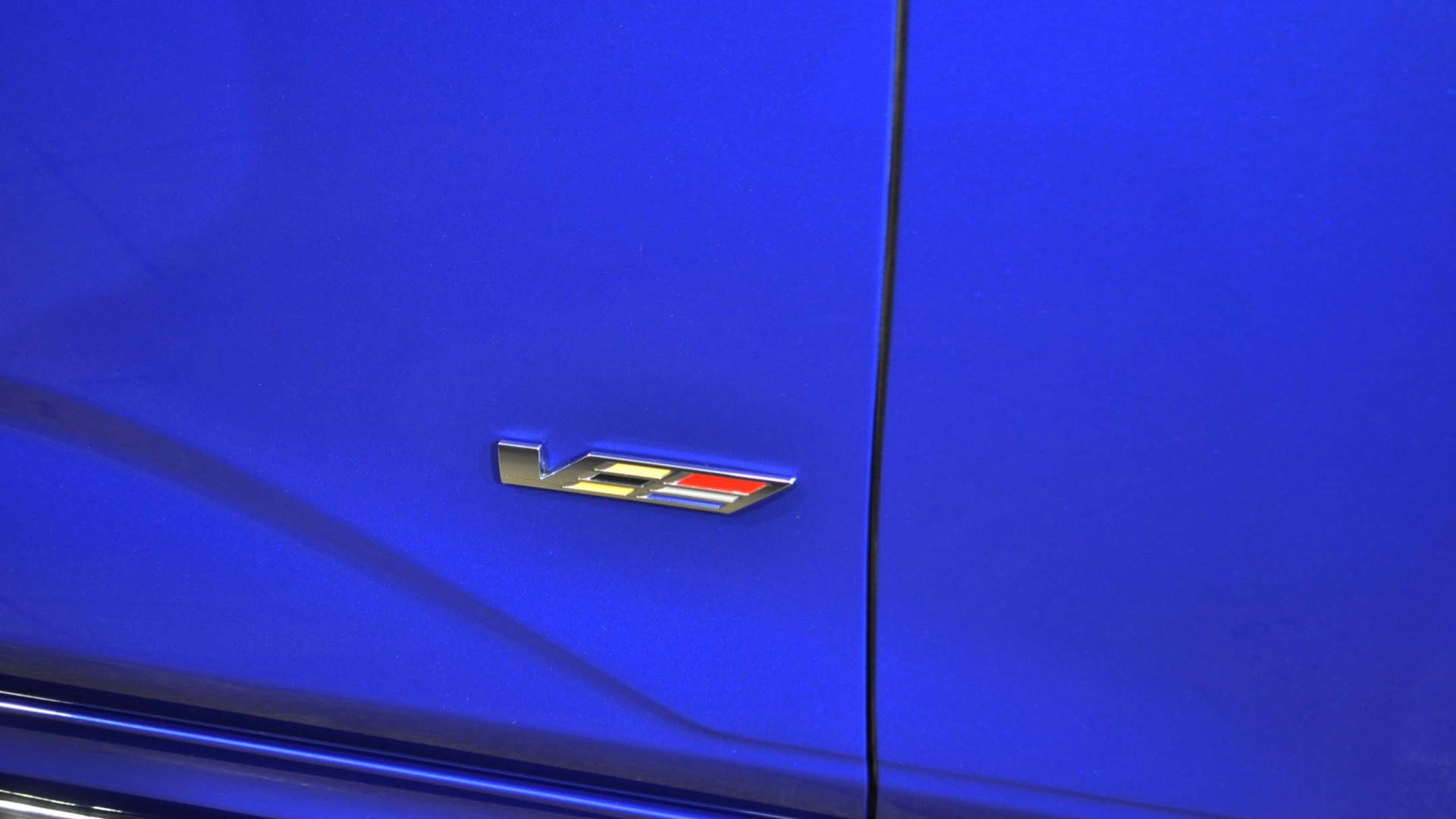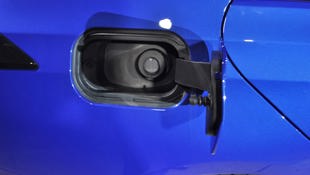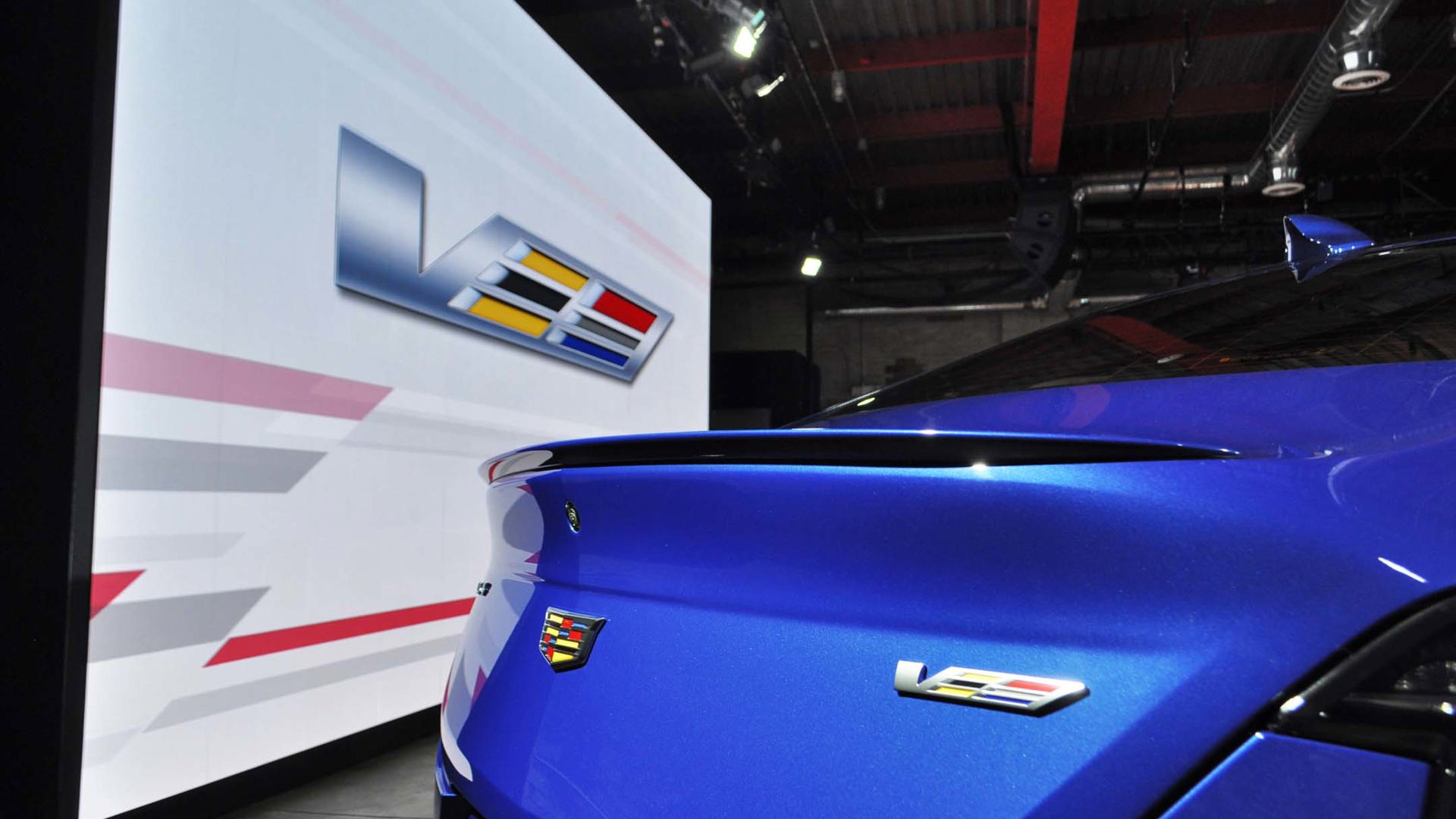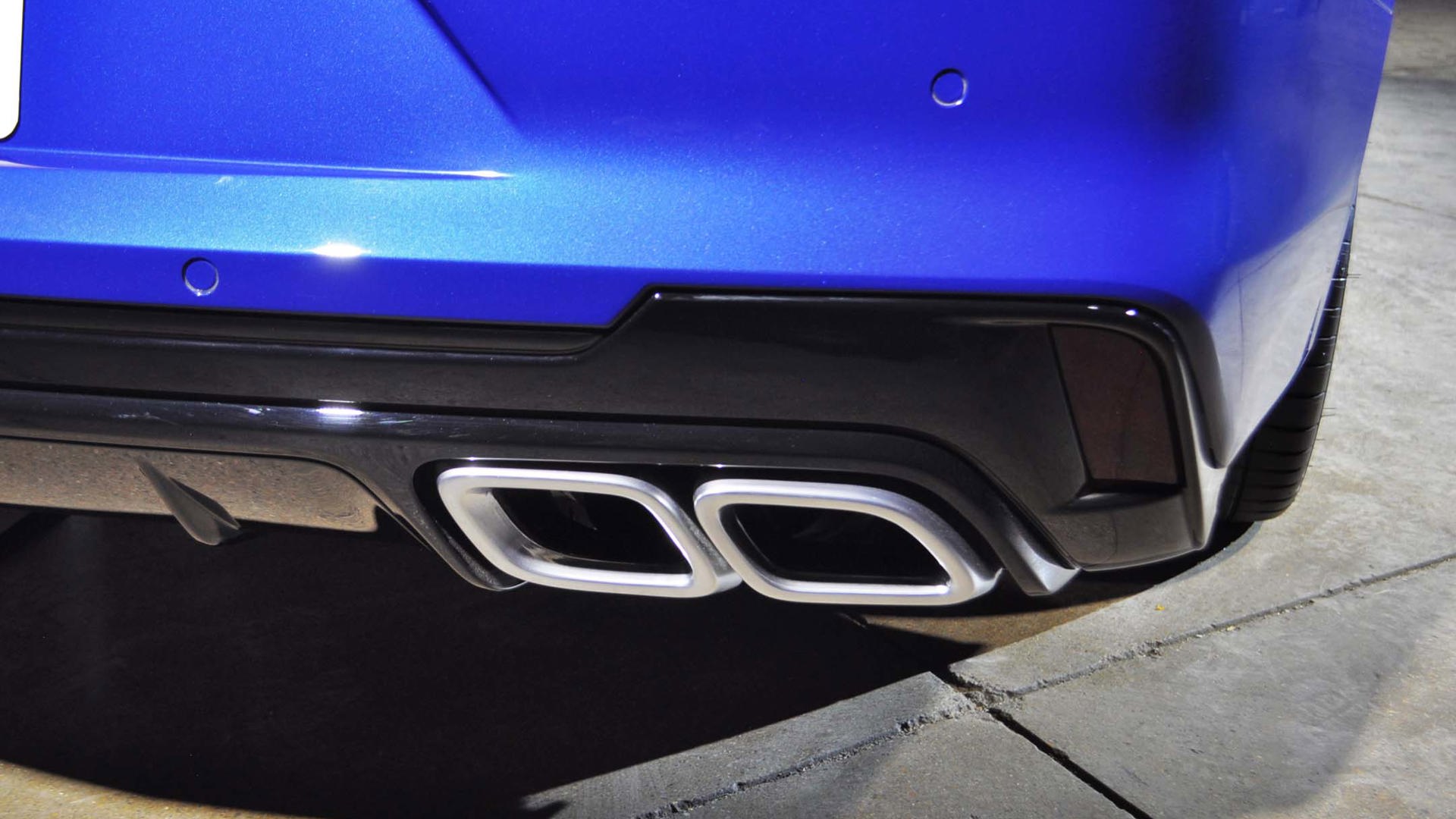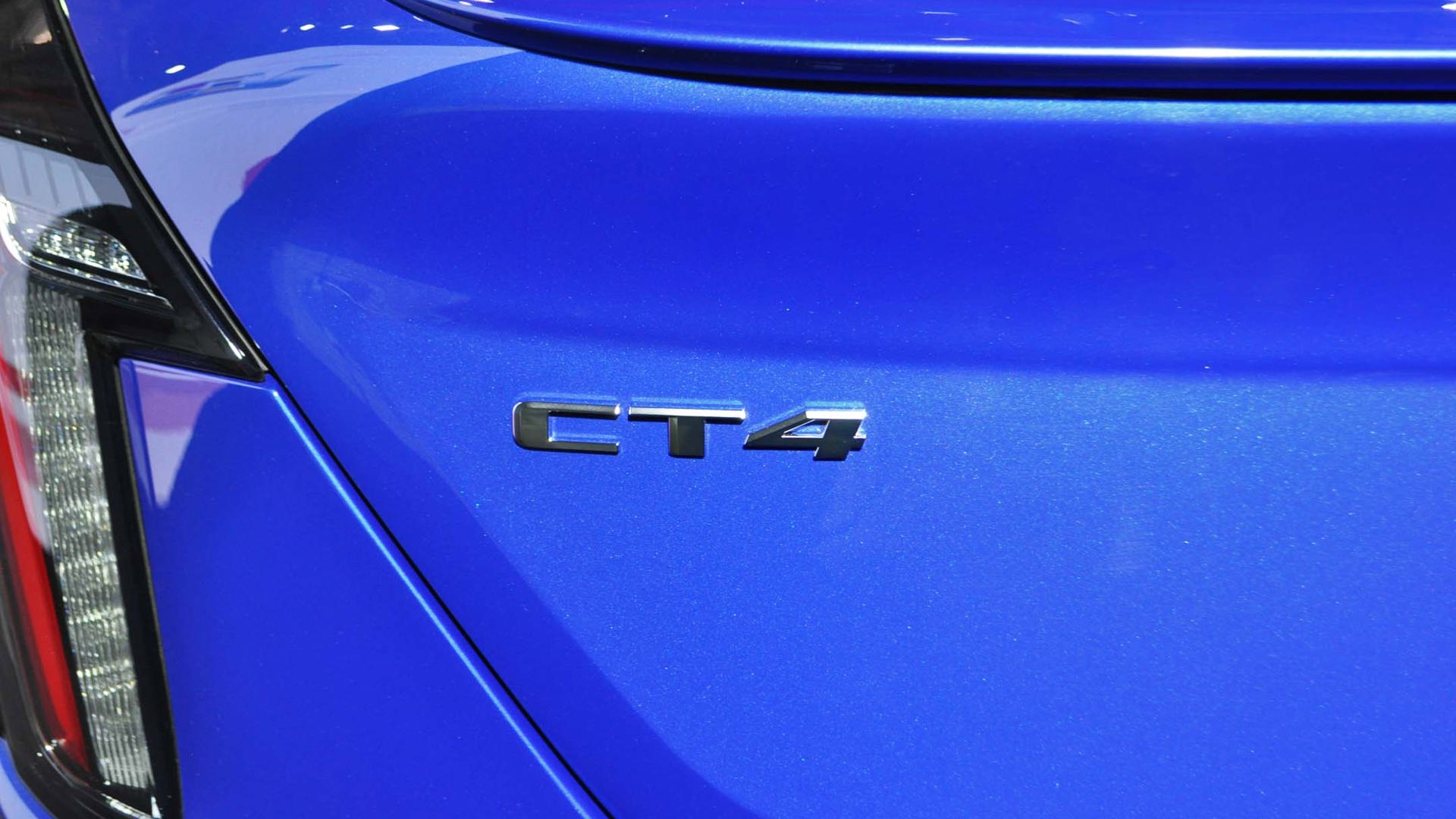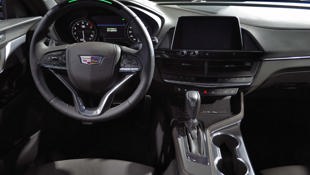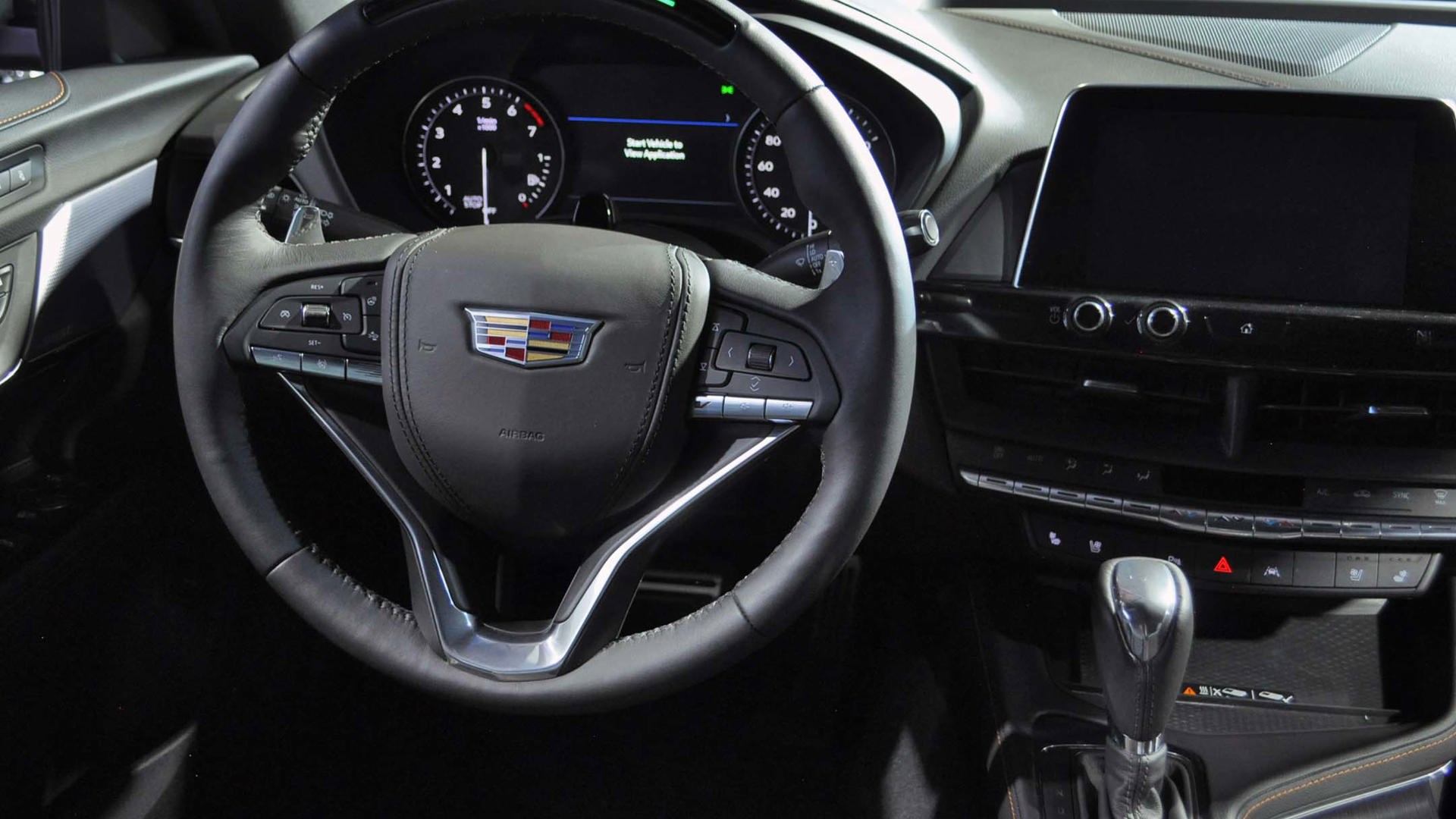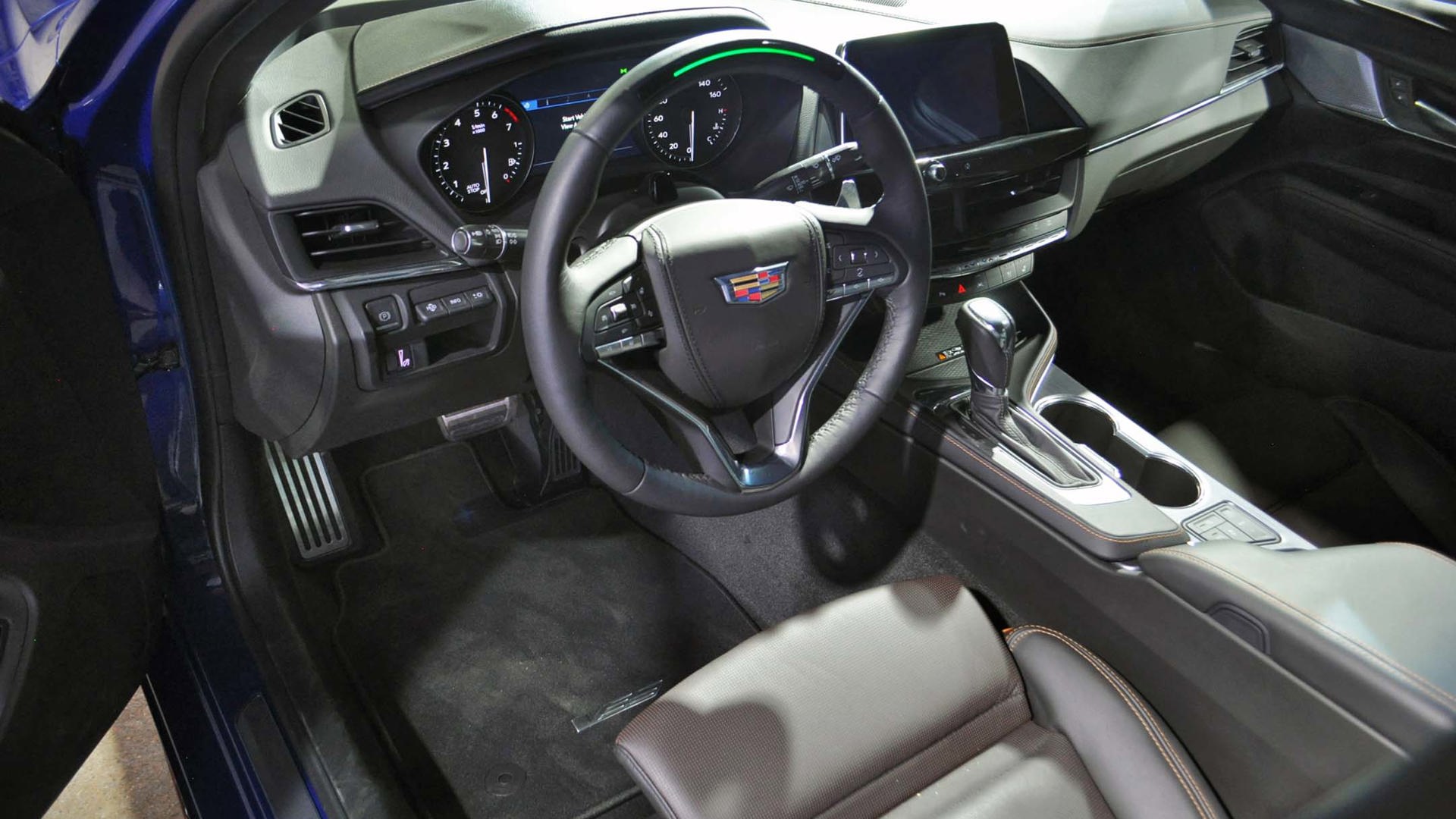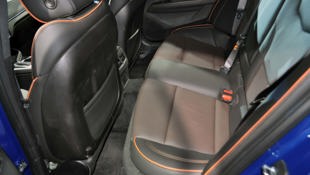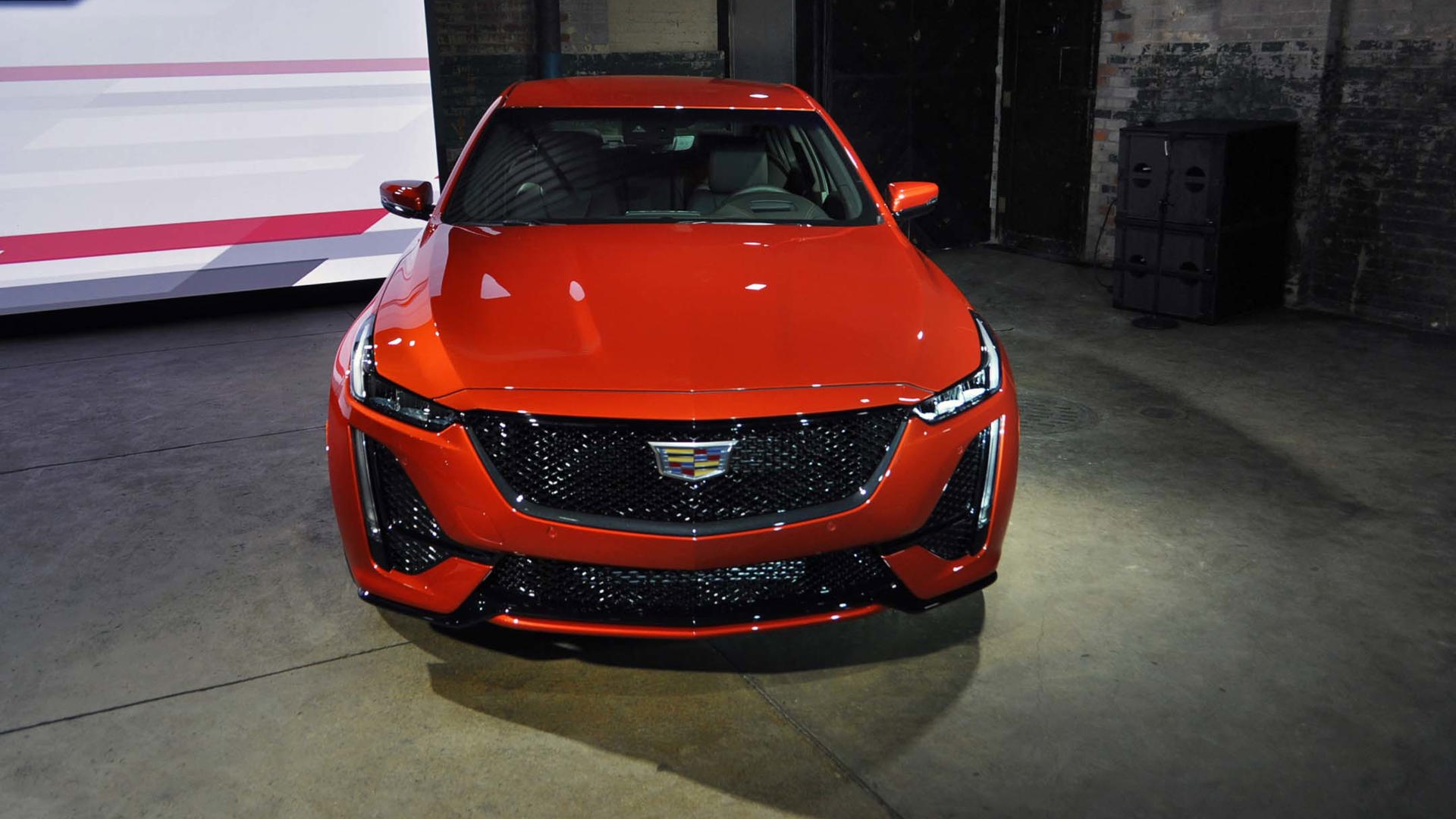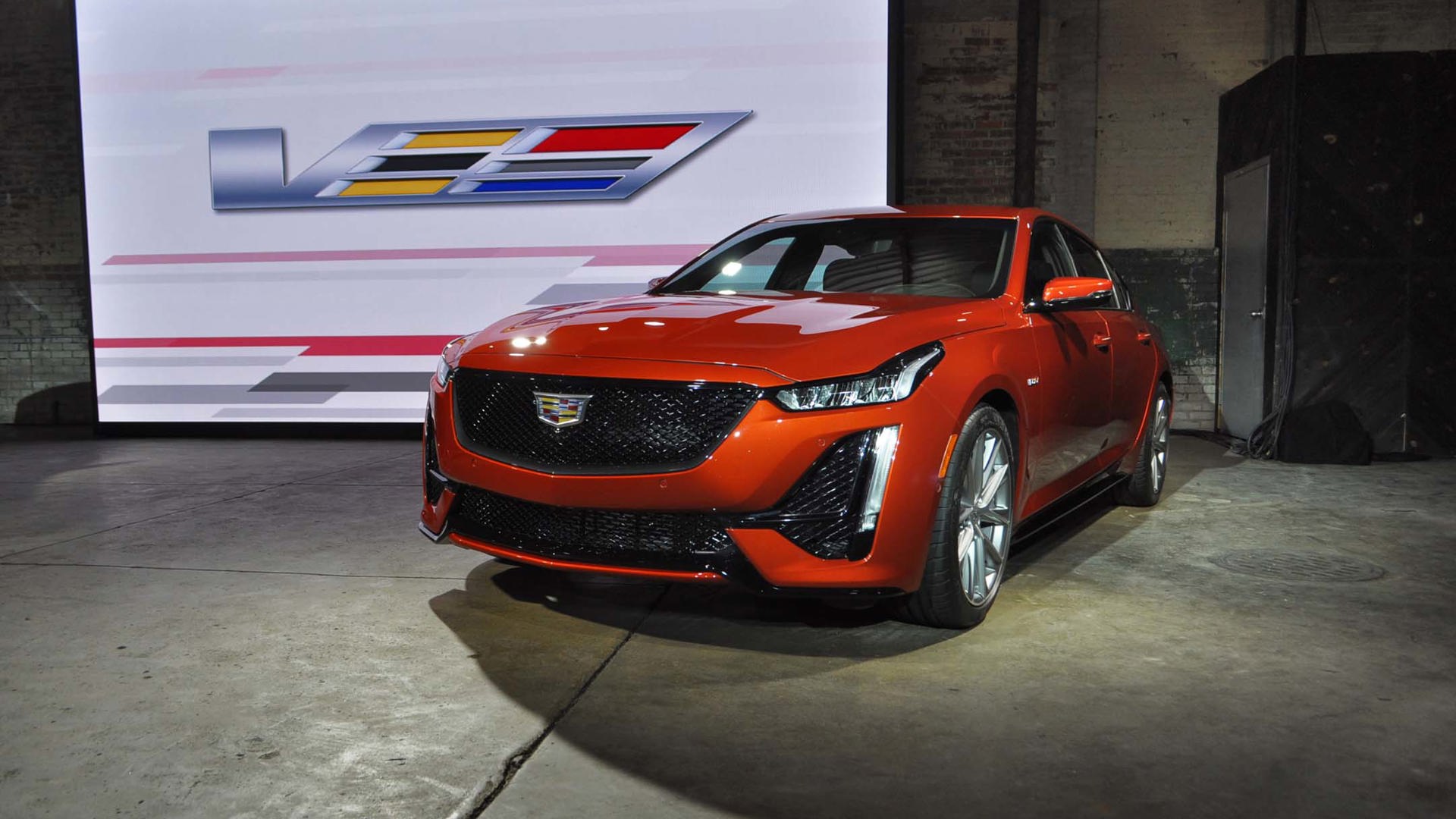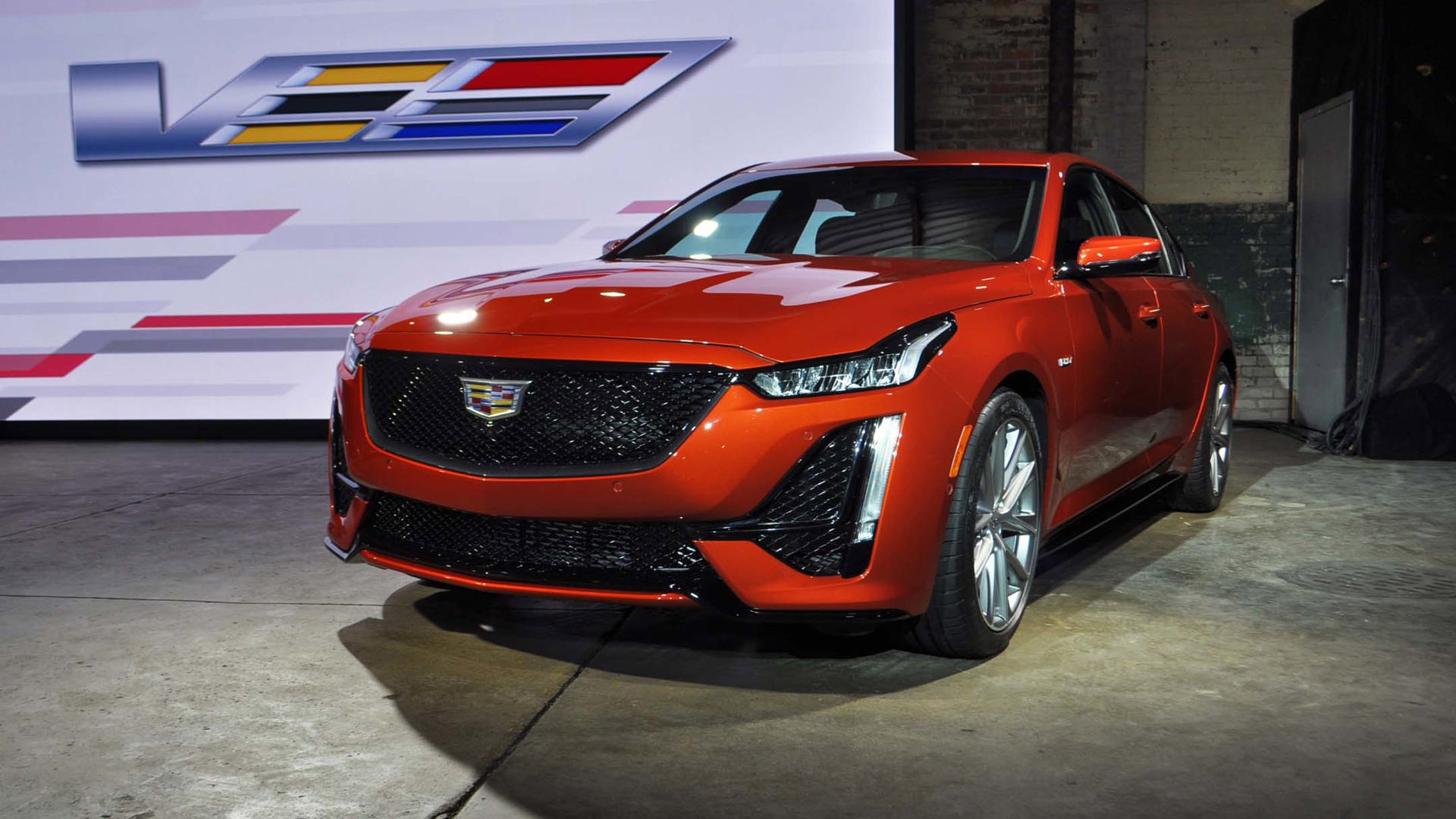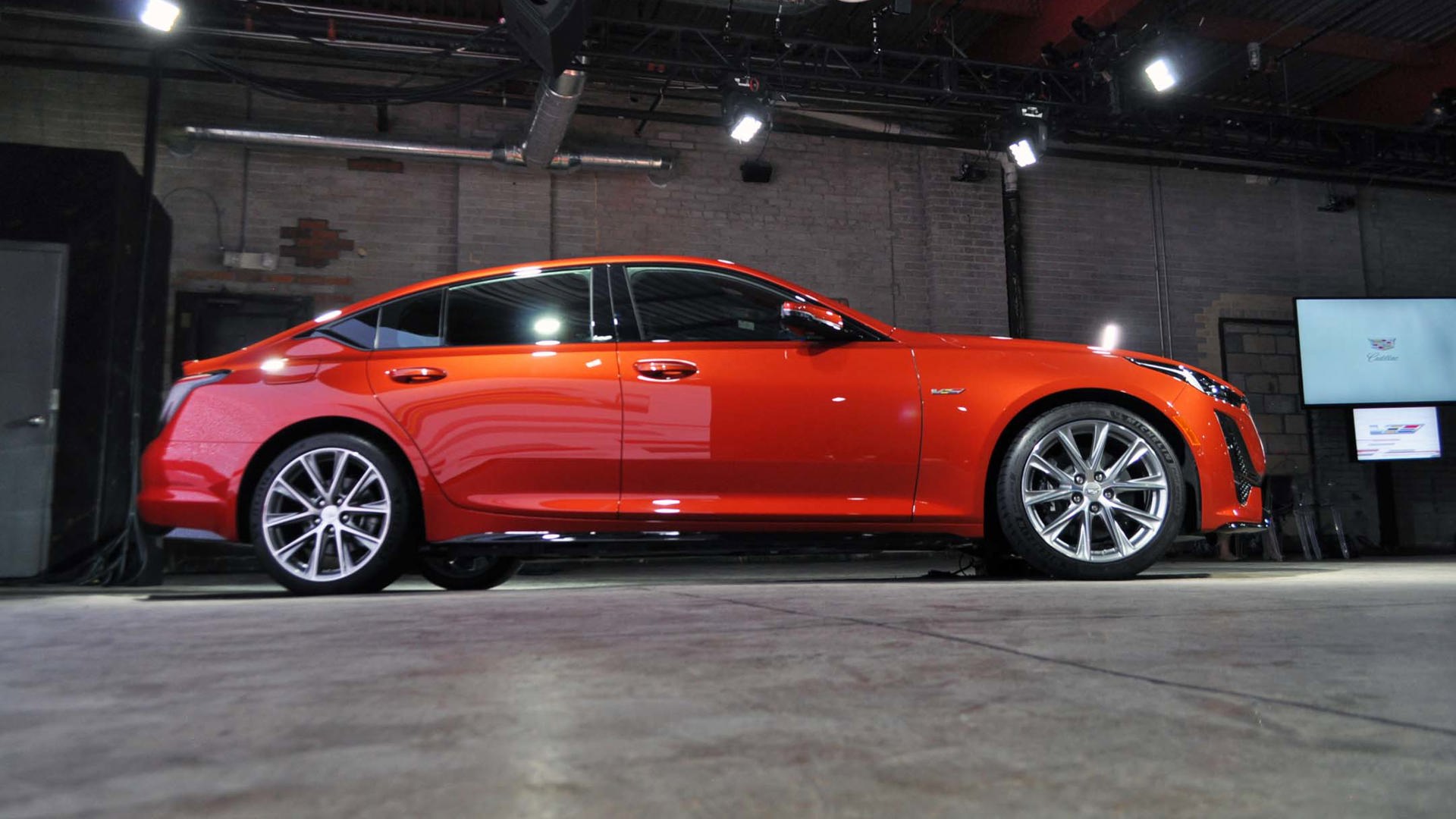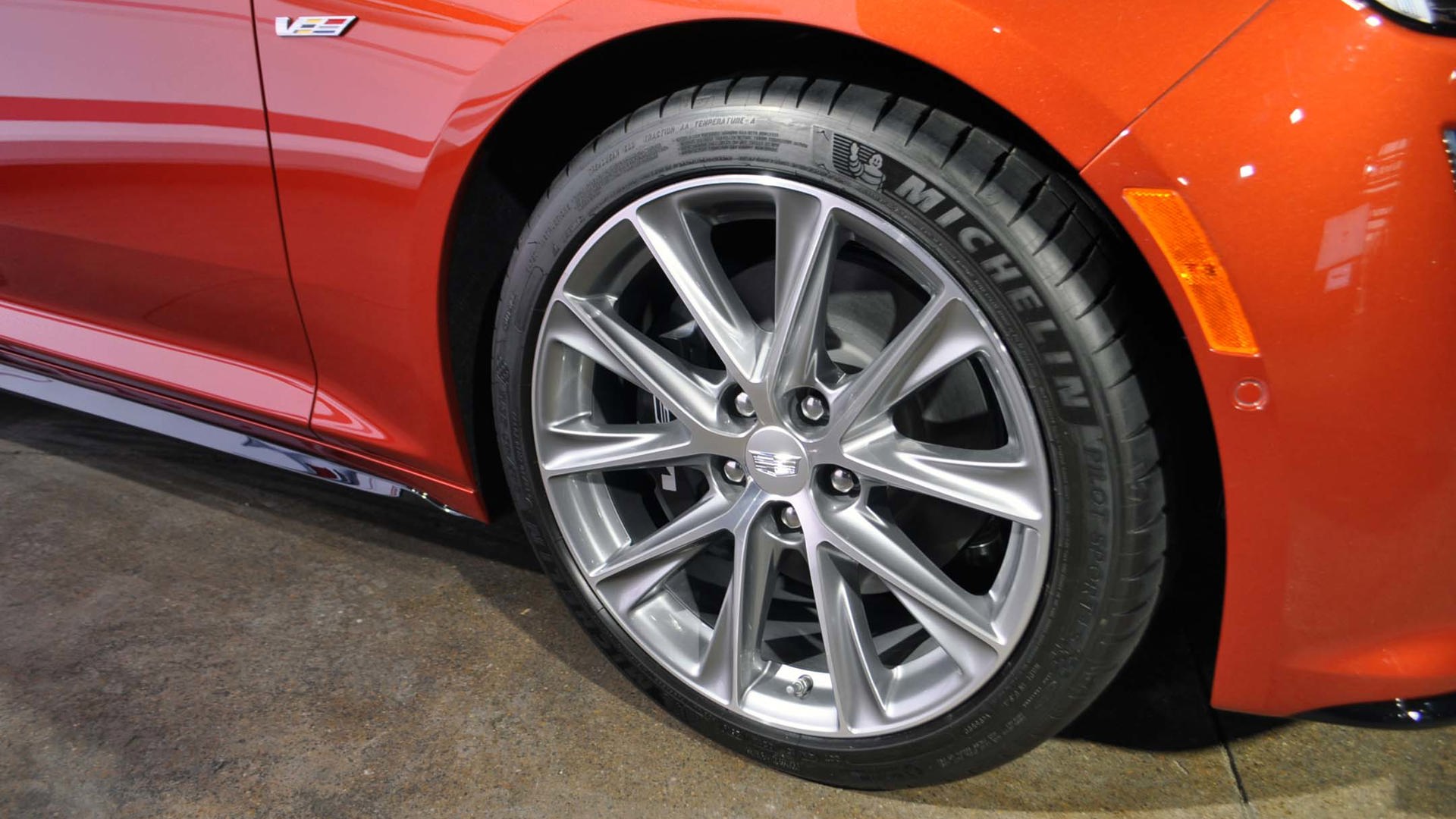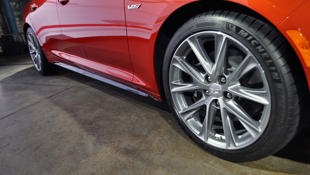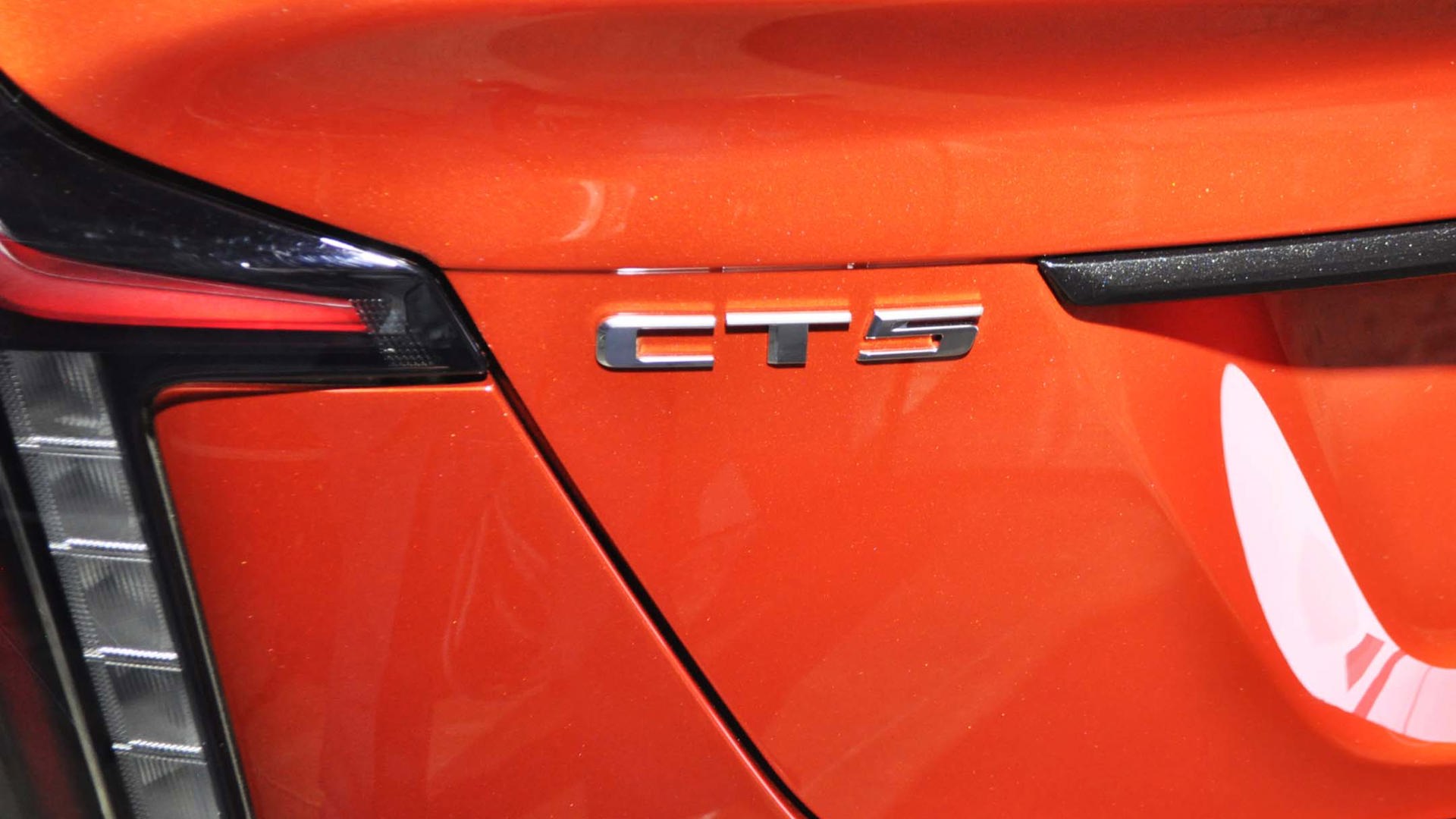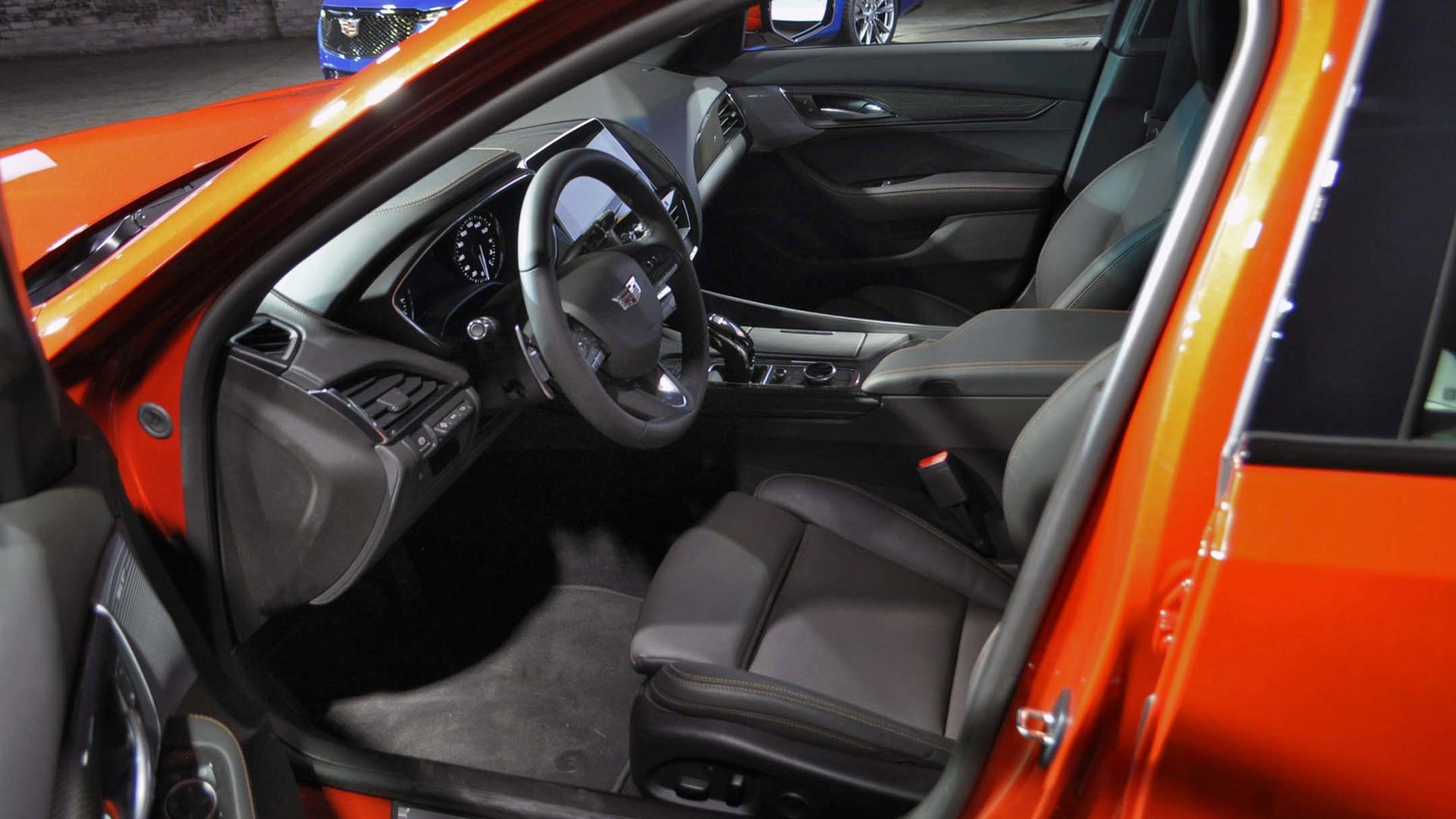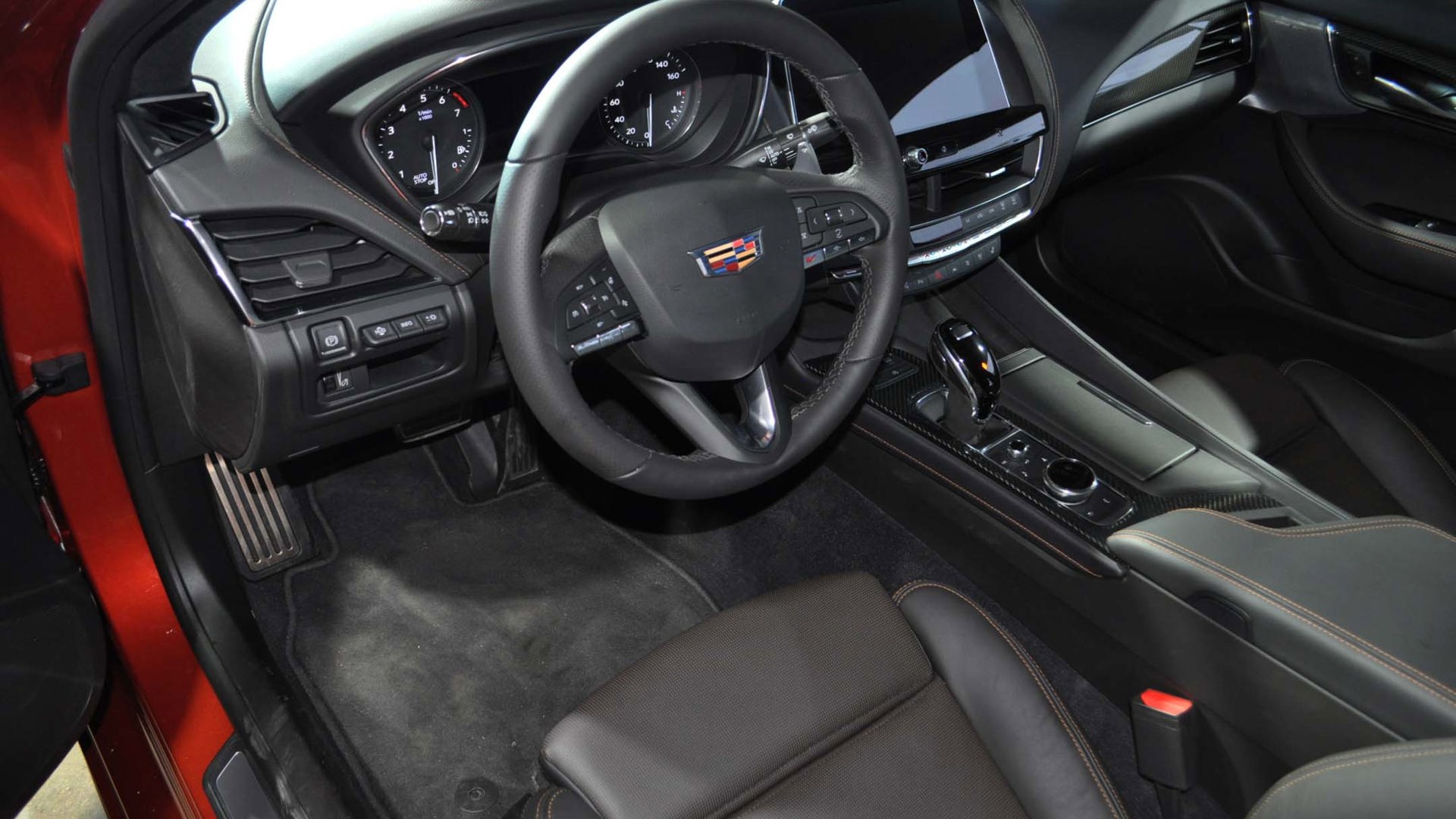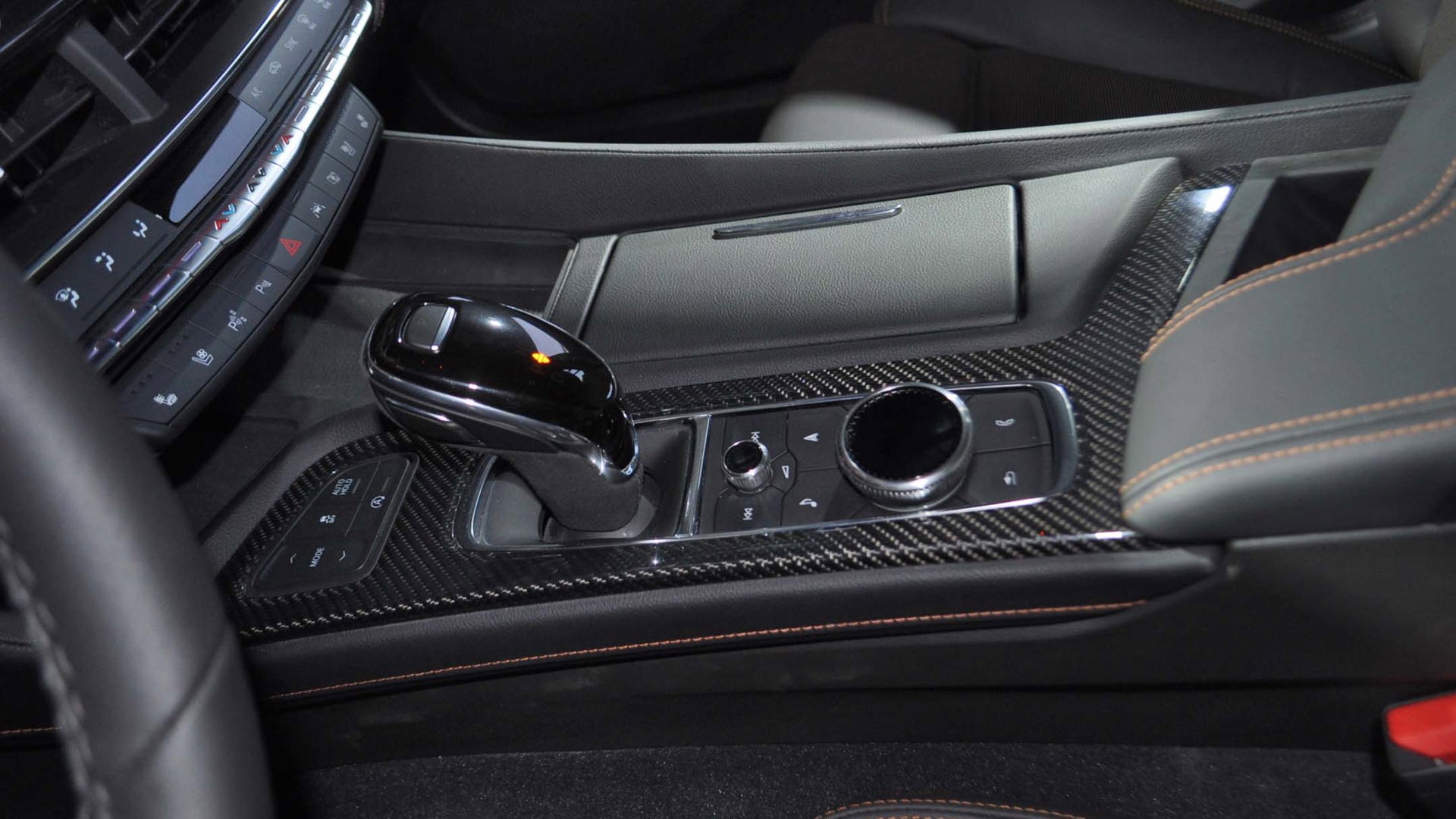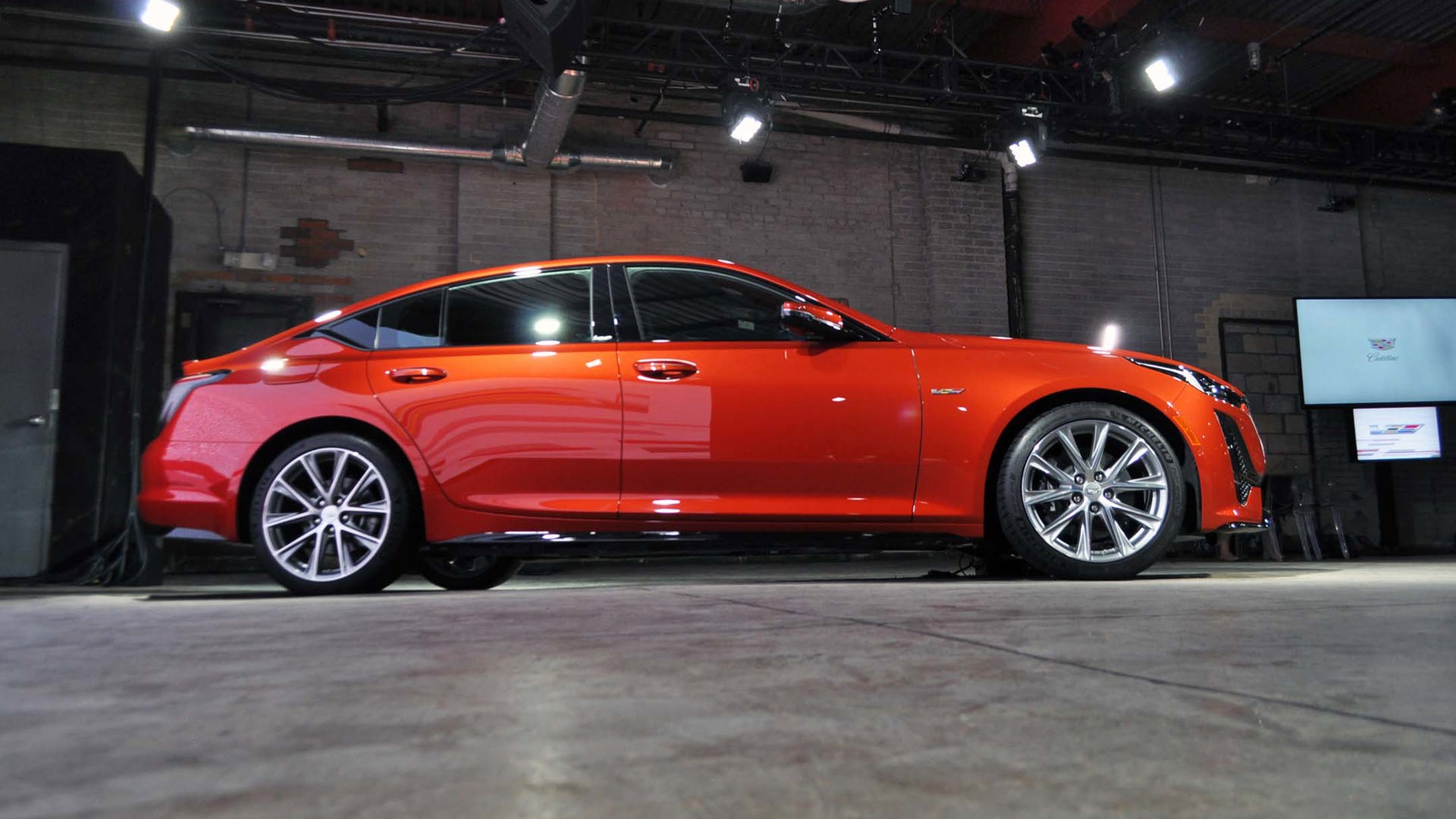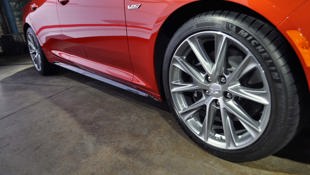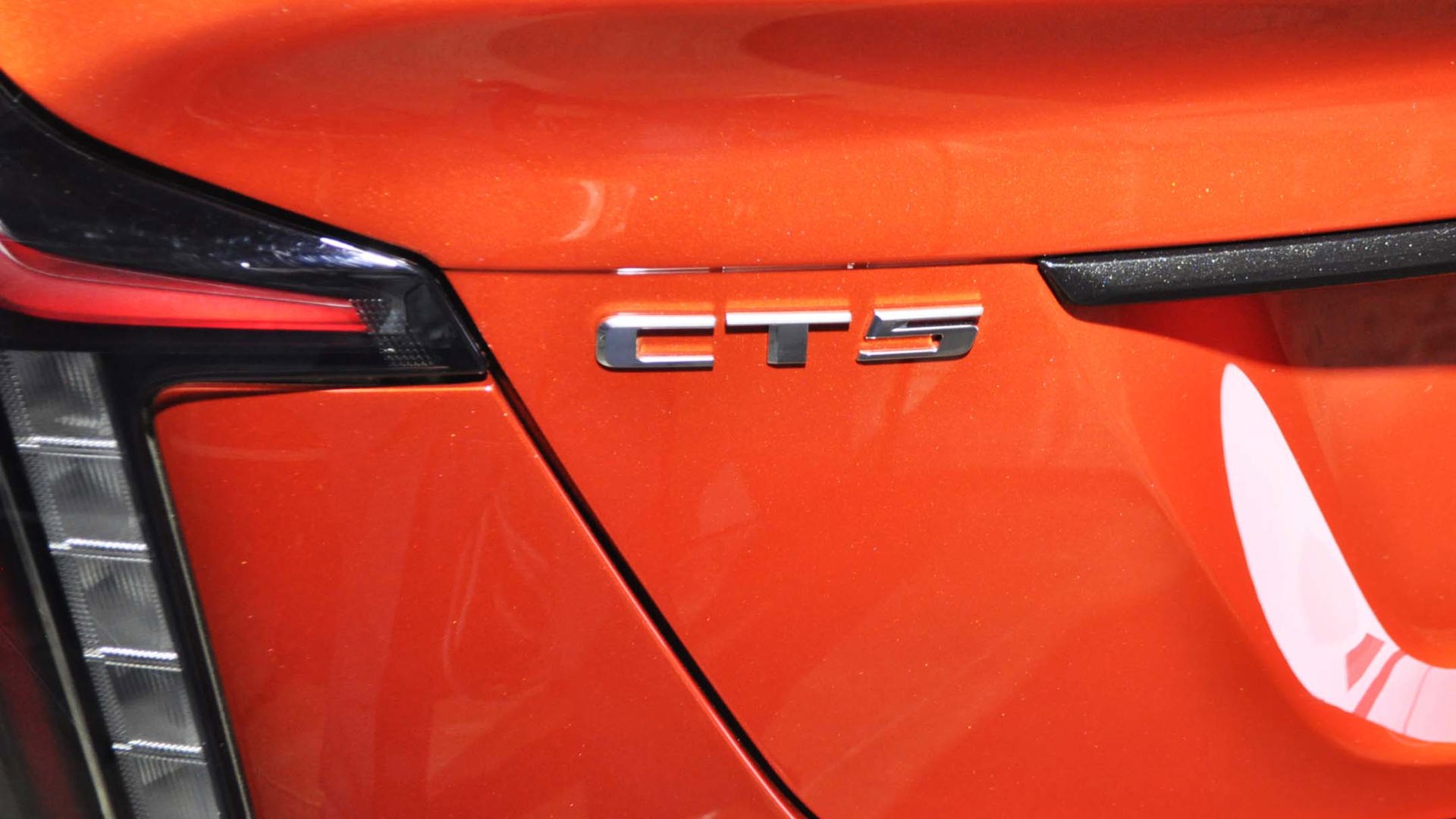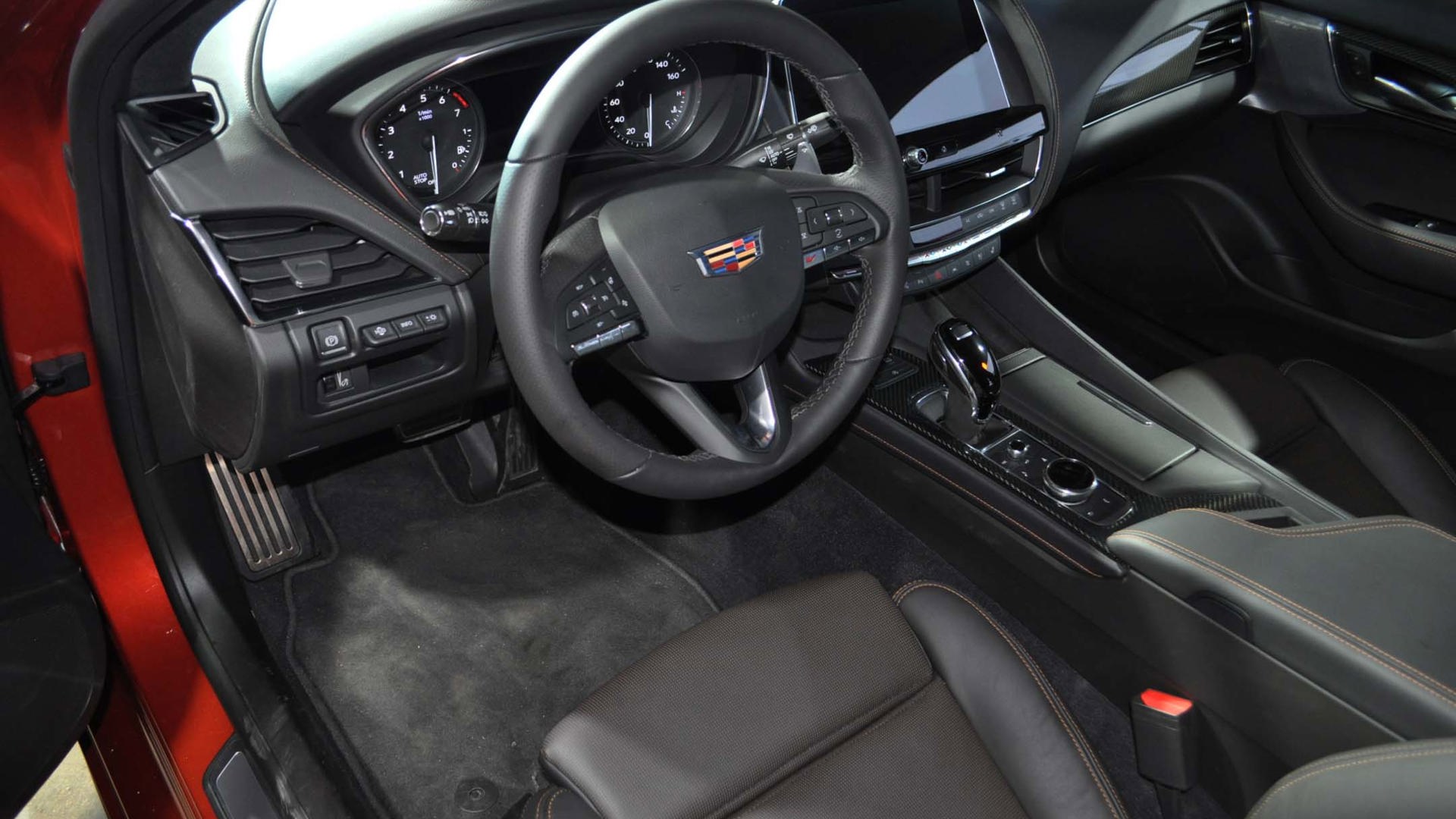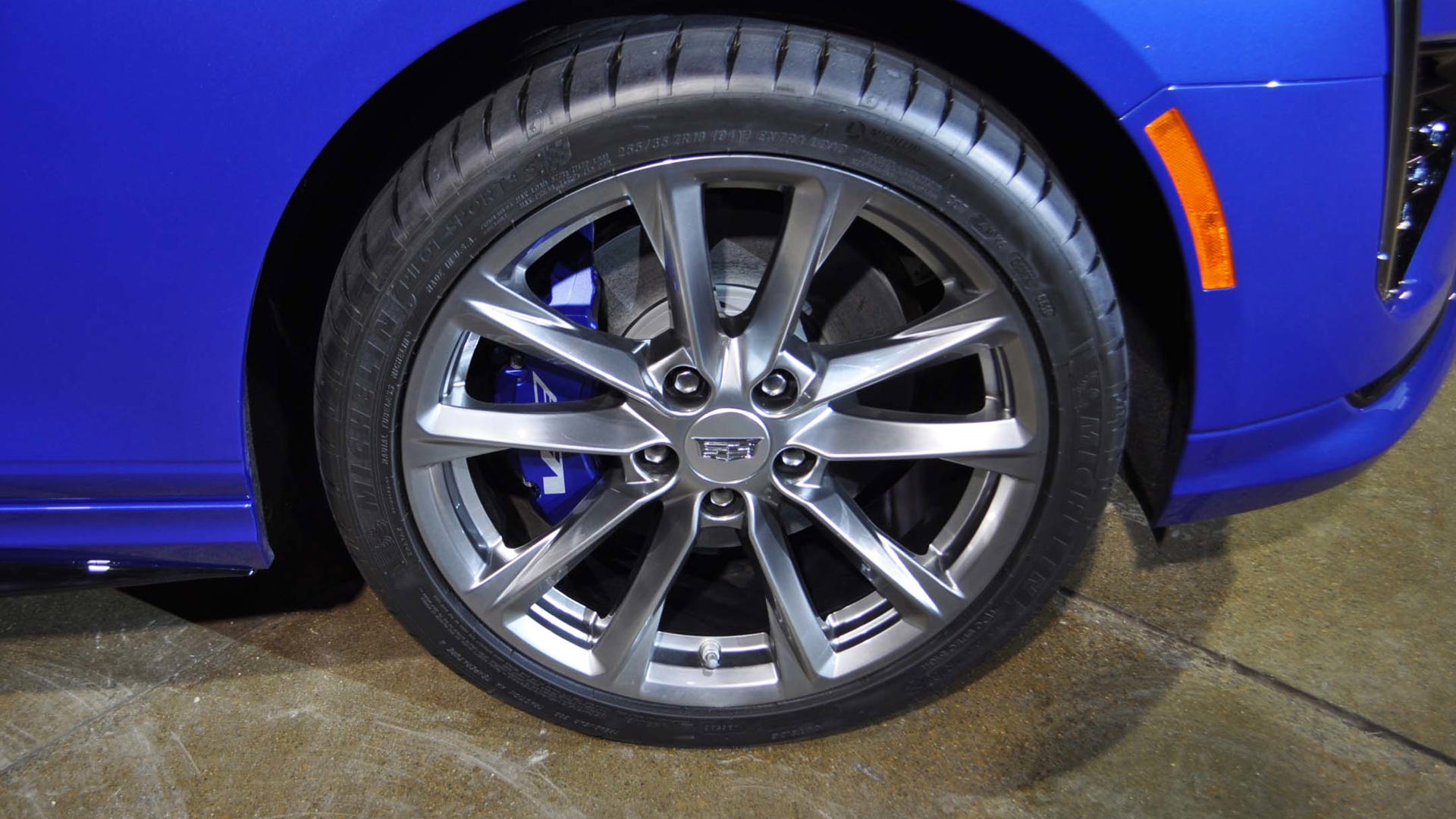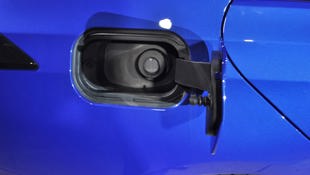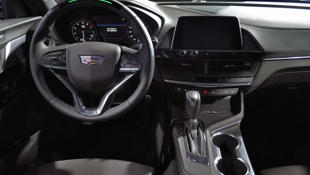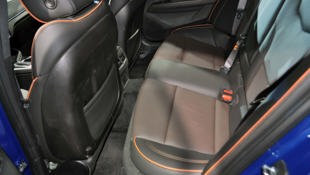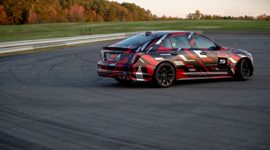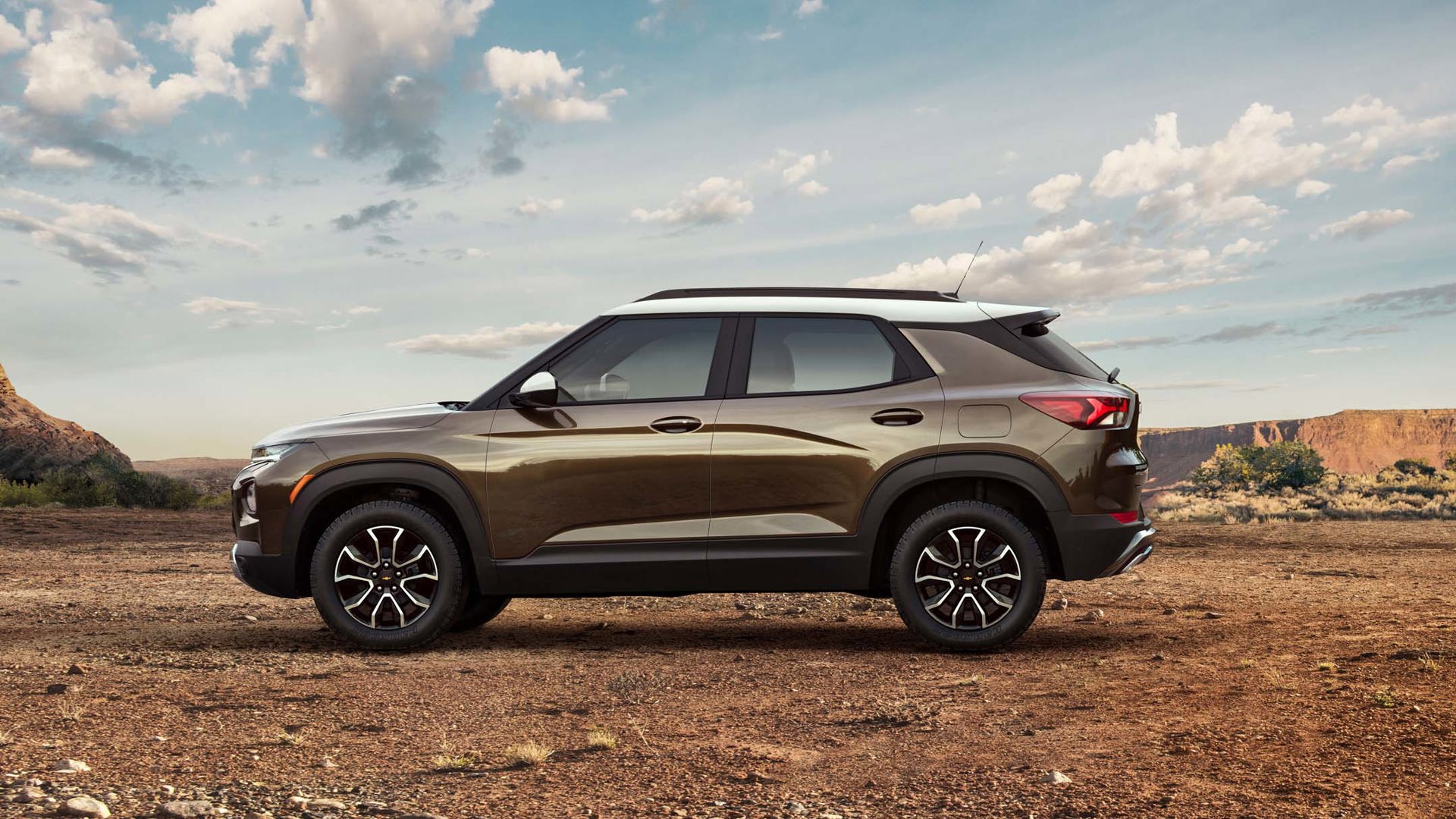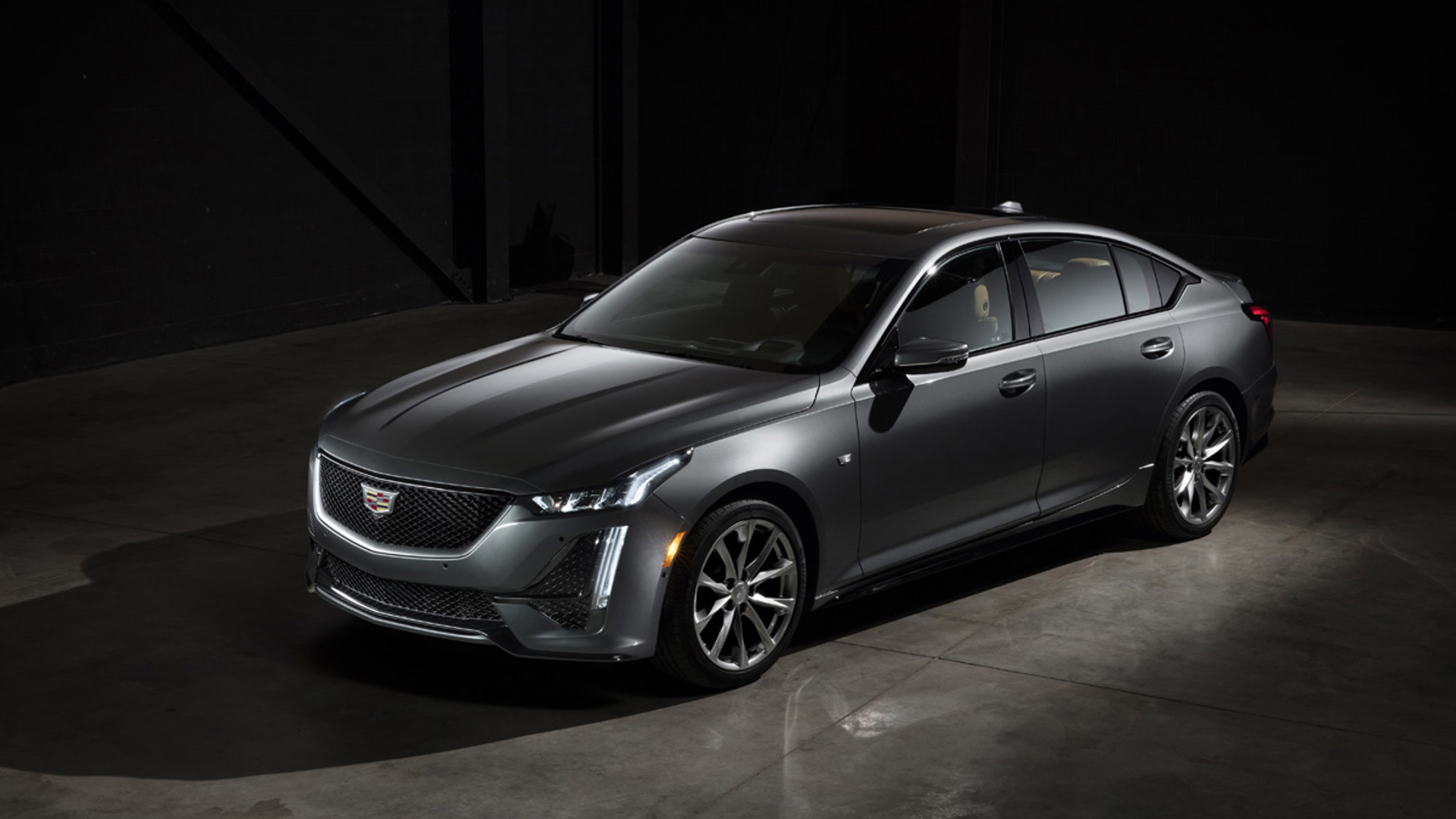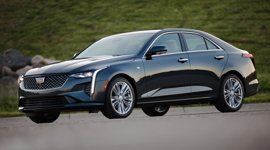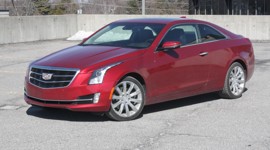Cadillac not only detailed a new, more affordable, and a little less raucous vision for its V-Series line of vehicles, but in unveiling its 2020 CT5-V and CT4-V sport sedans yesterday, also gave the first public look at the replacement for the ATS sedan.
The subcompact CT4 adopts Cadillac’s revised alphanumeric naming structure, with CT designating sedans and the number suggesting where they line up price- and space-wise in the lineup. The CT4-V unveiled here sports a tight back seat similar to the outgoing ATS, which is only available in coupe form for 2019 – the 2020 CT4 will replace it early in 2020.
The CT4-V will offer a 2.7-litre turbocharged four, which will offer an estimated 320 hp and 369 lb-ft of torque, to tackle slightly hotter luxe rivals like the Audi S3. Some enthusiasts may be disappointed that it’s down on power from the former Cadillac ATS-V, but it’s part of a push to expand the appeal (i.e. sales volume) of the V-Series, by bringing prices closer to non-V versions, said Cadillac chief engineer Brandon Vivian at the cars’ unveiling.
Pricing for Cadillac V-Series coming down, along with power
“We’ve repositioned and reprised the entire lineup,” Vivian said. Though exact pricing for the CT4-V or yet-to-be-seen regular CT4 have yet to be revealed, Vivian suggested a price difference of roughly US$7,000 between the V-Series and Sport versions of both the upcoming CT4 and the recently unveiled CT5 sedan. That CT5 arrives later this fall and will (likely) replace the CTS, though Cadillac folks wouldn’t confirm if the CTS would stick around for 2020.
In Canada, call the V roughly $10,000 more, and you likely won’t be far off.
The CT4-V will offer standard rear-wheel drive and optional all-wheel drive, a 10-speed automatic, and cylinder deactivation to help save fuel. A new Magnetic Ride Control 4.0 will be available, with V-specific tuning for rear-wheel drive versions.
Another major addition will be the availability of Super Cruise, Cadillac’s advanced hands-free driver assistance system, on both the CT4-V and its larger CT5-V sibling.
More space, power, electronics for CT5-V
It may be tough to visually tell a CT4-V apart from a CT5-V, but the CT5-V offers a more powerful 3.0-litre twin turbocharged V6 under the hood, putting out an estimated 355 hp and 400 lb-ft of torque. That is a healthy amount of power, and on par with less beefy BMW M-Power or Audi S-Line products, but a far cry from the supercharged 6.2-litre V8 monster engines in previous CTS-V models, with their 600+ hp power ratings.
This CT5-V’s twin turbo V6 is also paired with a 10-speed automatic, standard rear-wheel drive and available all-wheel drive. Once more, Magnetic Ride Control 4.0 is standard, and Cadillac’s impressive Super Cruise system will be available, which is right at the head of the line in terms of increasingly autonomous self-driving systems. Helping to keep this system as up to date as possible will be over-the-air software updates (as pioneered by Tesla), coming for both the CT4-V and CT5-V, and likely eventually for their non-V counterparts later as well.
Speaking of EVs, Cadillac will be the “tip of the spear” on electric vehicle technology for GM going forward, said Cadillac vice president of global product Ken Morris, without detailing whether any of these efforts will include some form of electrification on these Cadillacs. But interestingly, both featured very large gas cap covers, and upon opening one up, the extra room next to the gas cap suggests that there may have been extra room left for an electric charge port there, either in addition to the gas line (in a future plug-in hybrid) or in replacement of it, with a potential (but less likely) full electric version of the CT5 and CT4 in the future.
The CT5-V offers an electronic limited-slip differential, while the CT4 uses a mechanical LSD for increased control and acceleration out of corners.
But these V-Series models were more about increasing excitement on commutes rather than saving seconds on lap times, said Morris. “We know that not all customers are interested in a track pack.”
